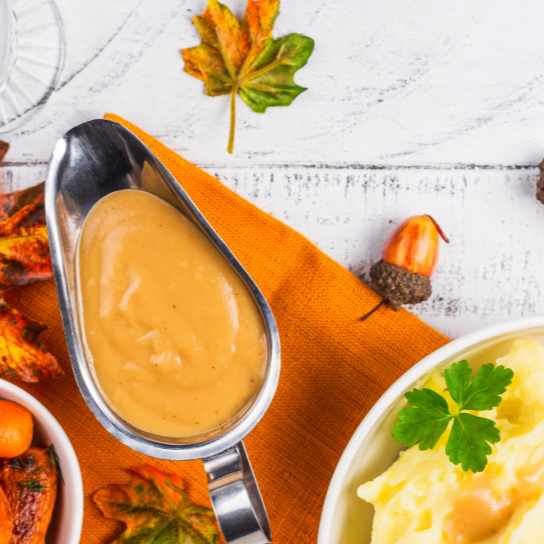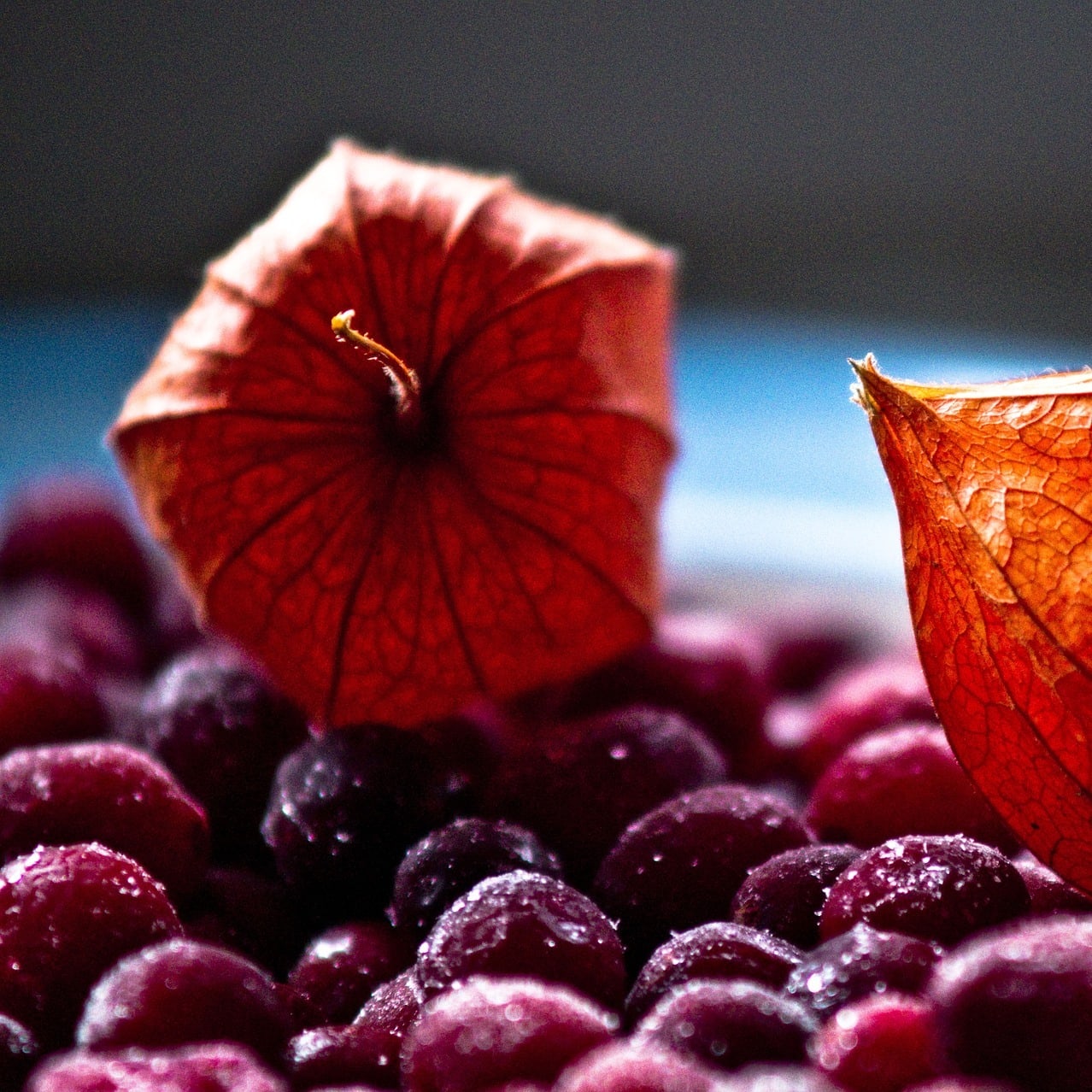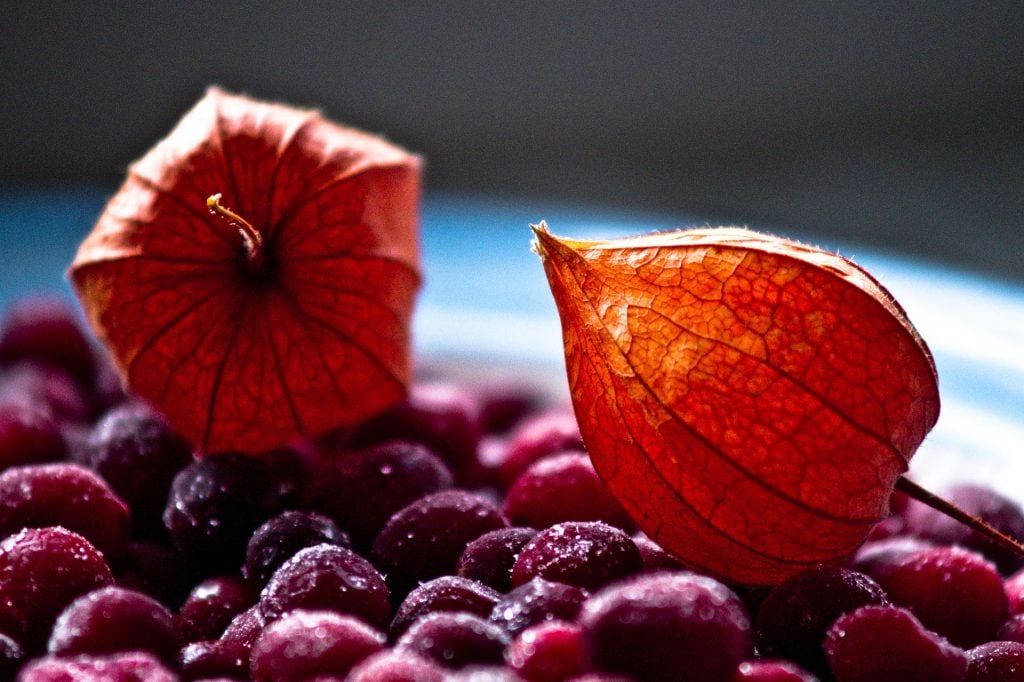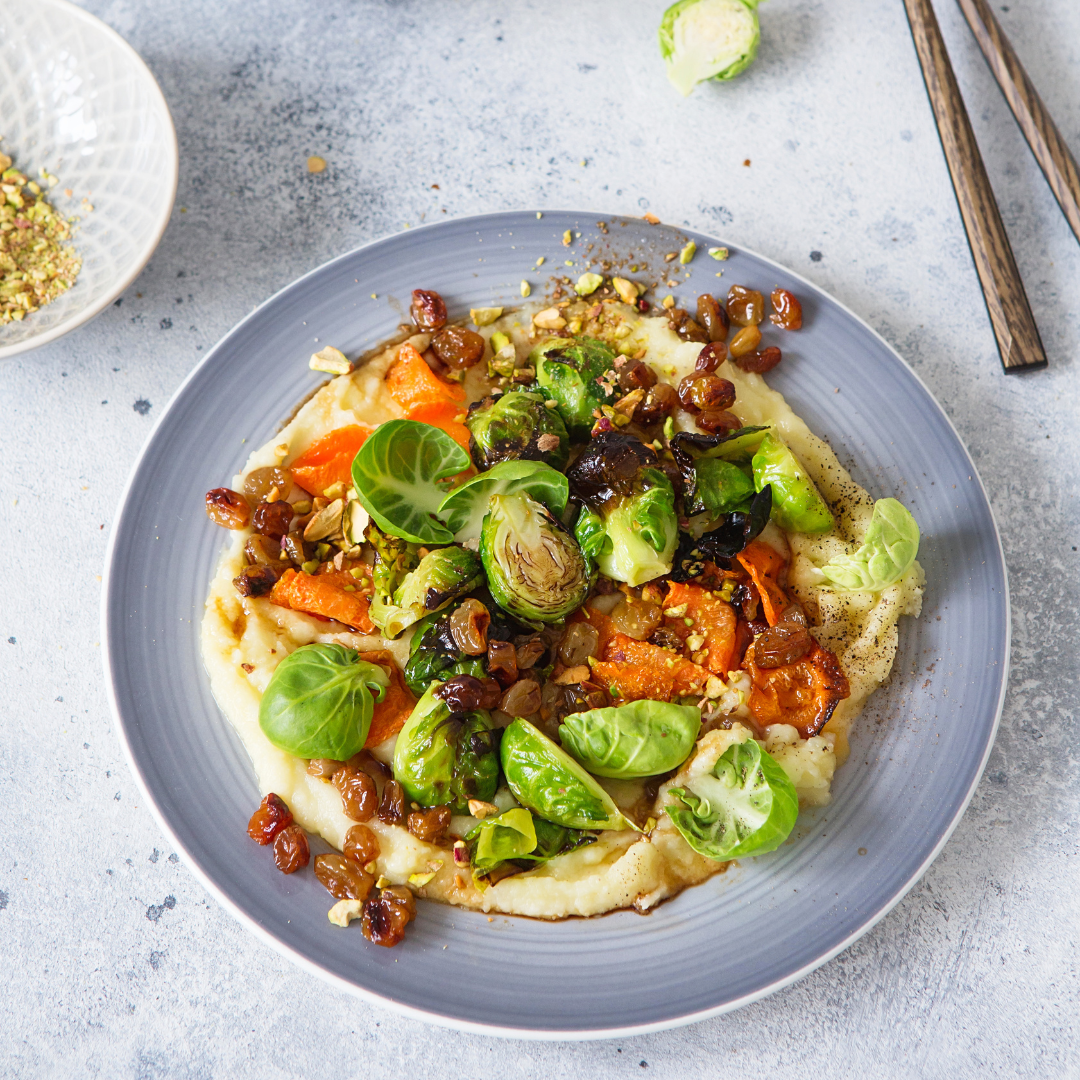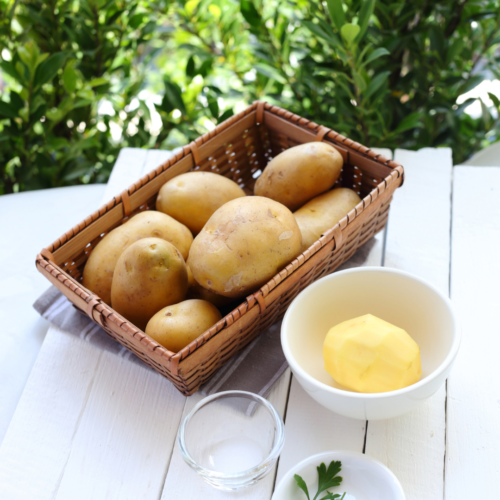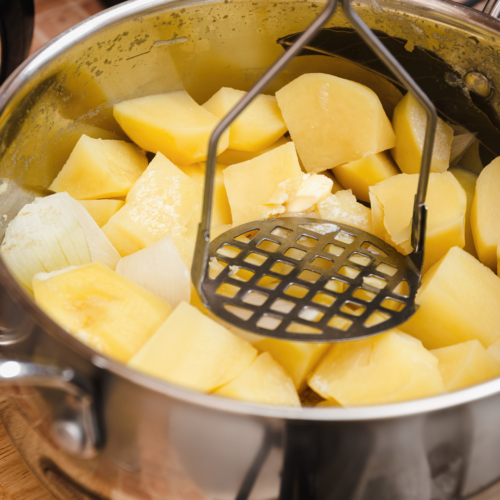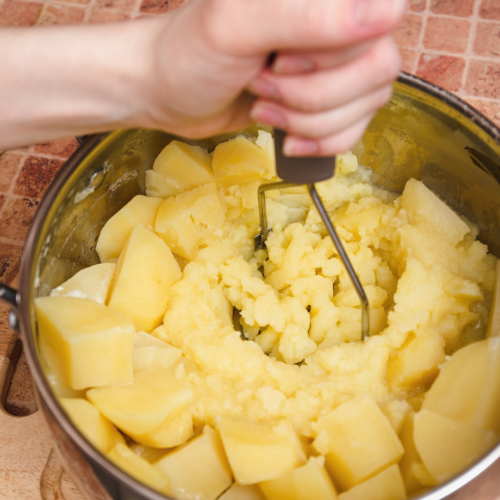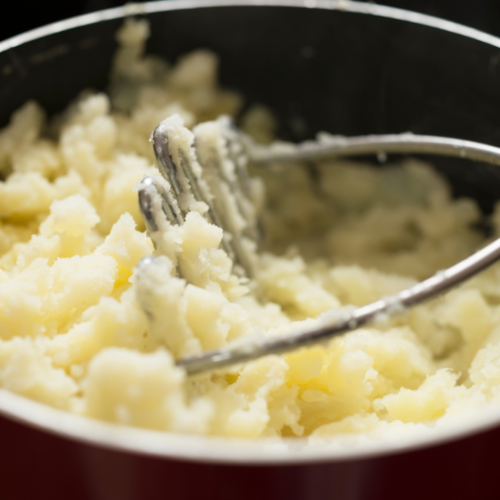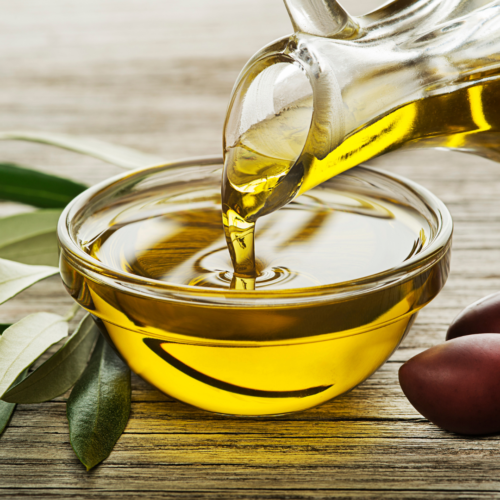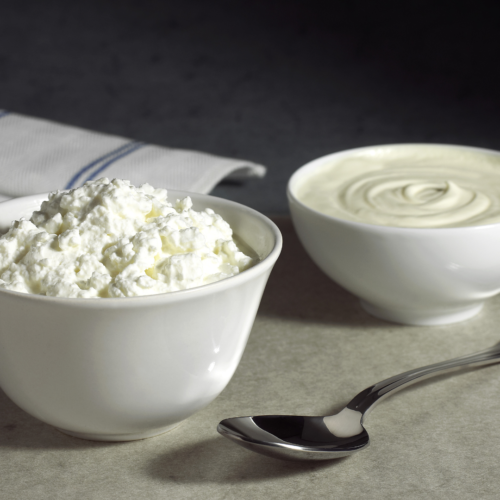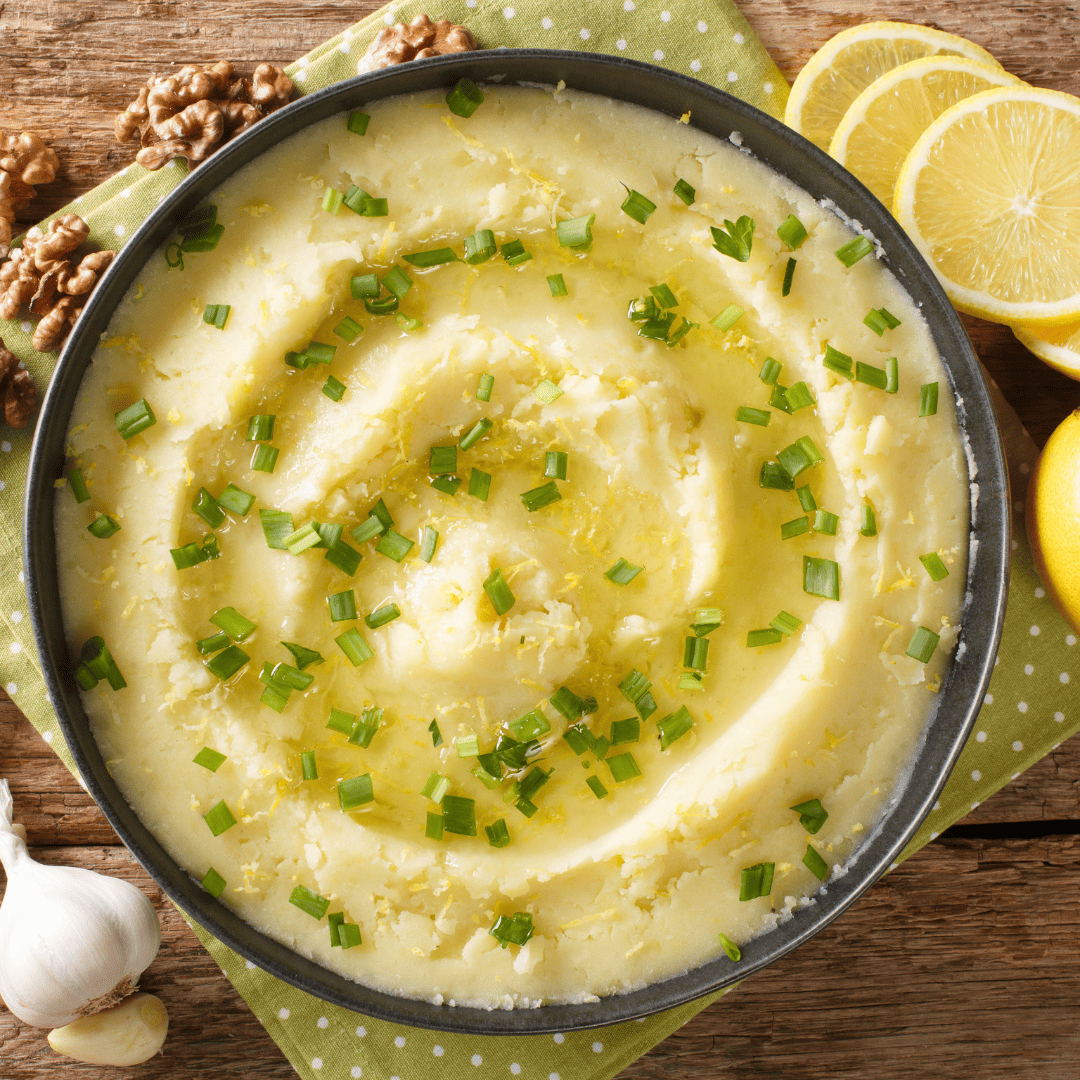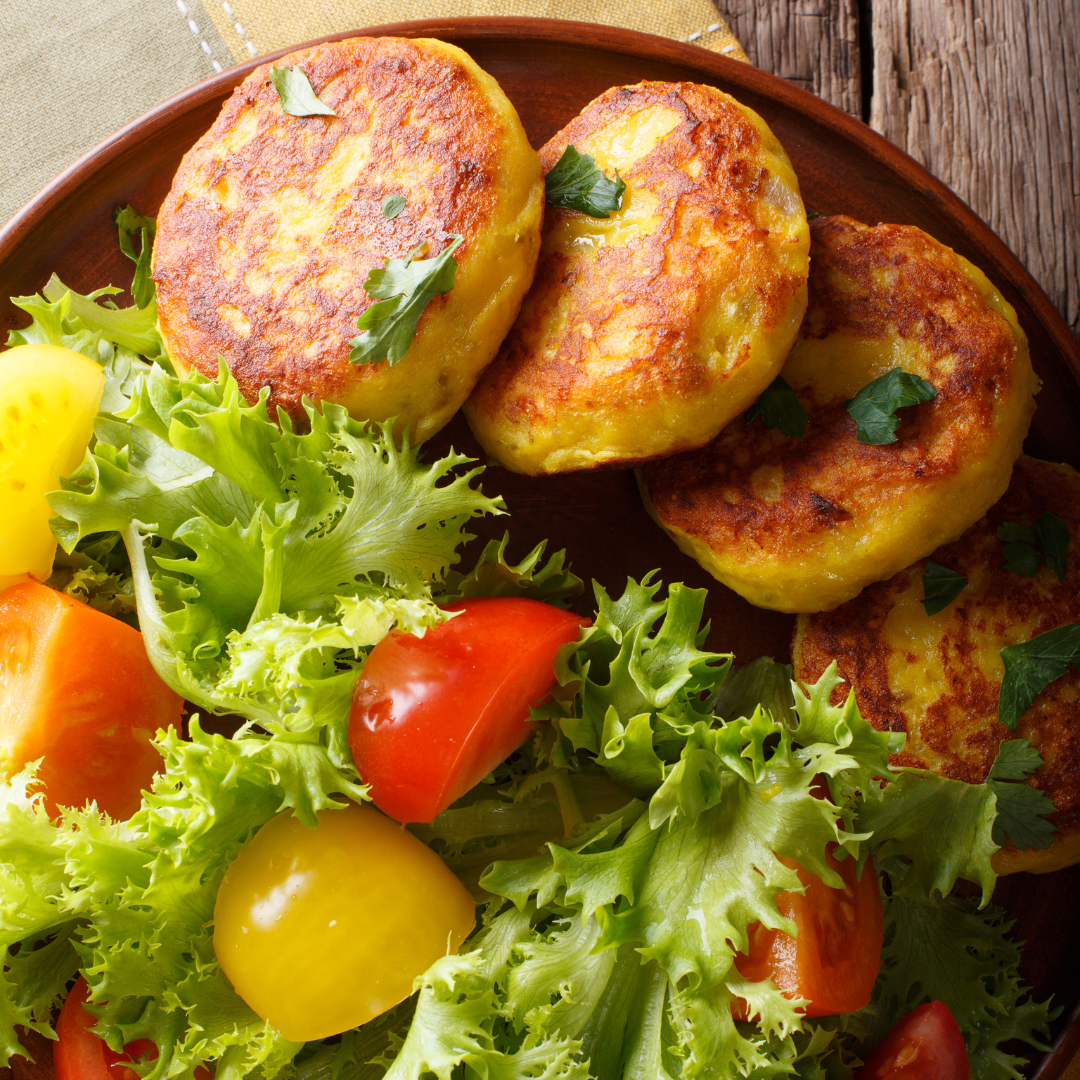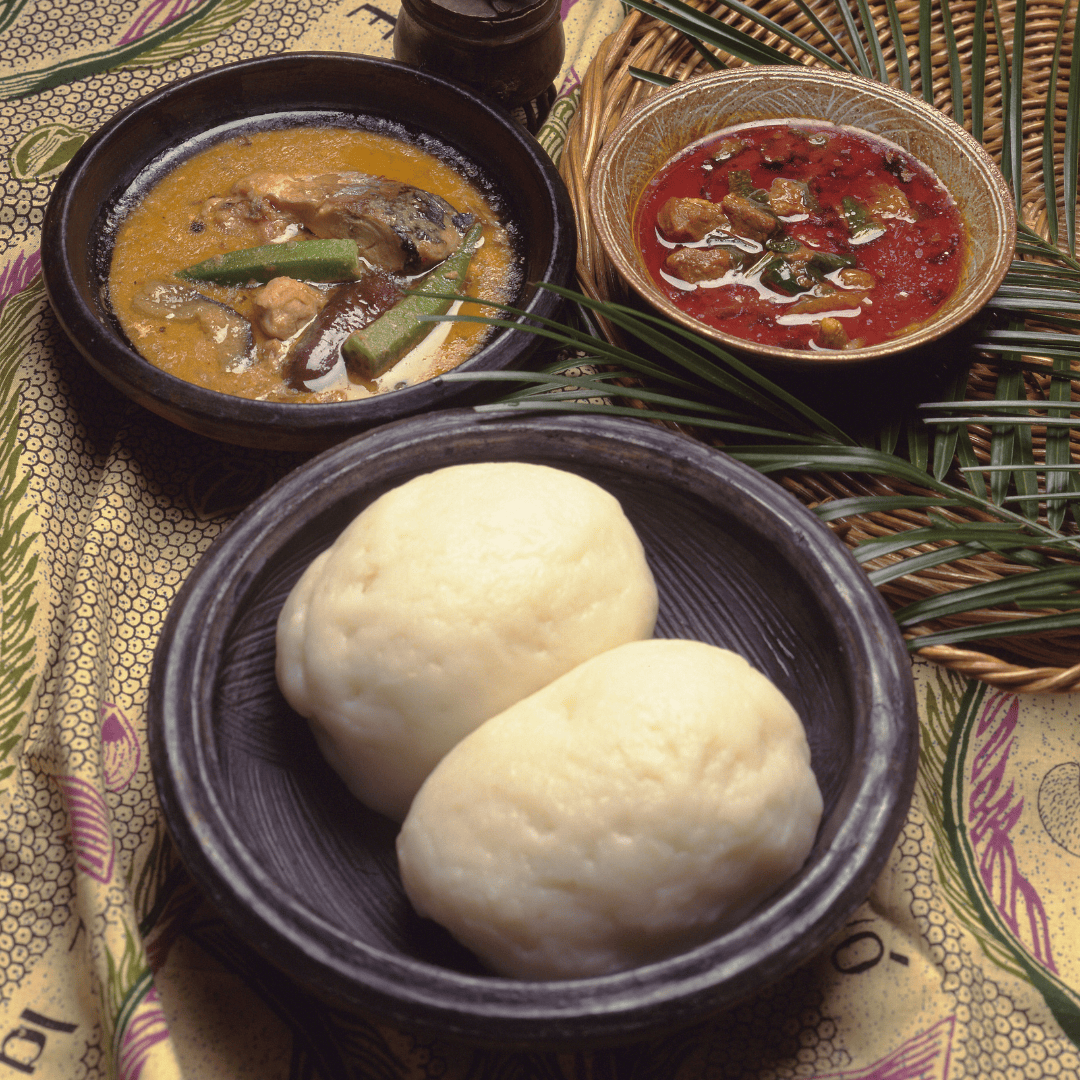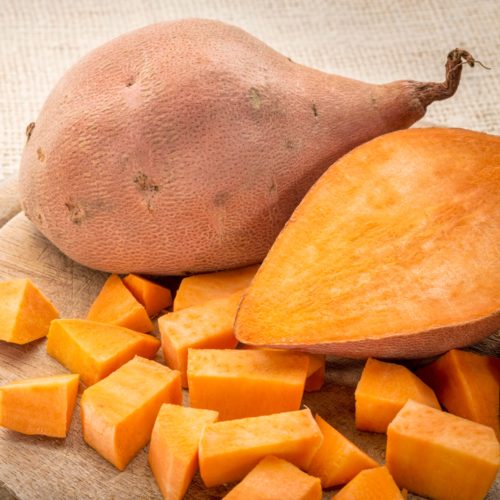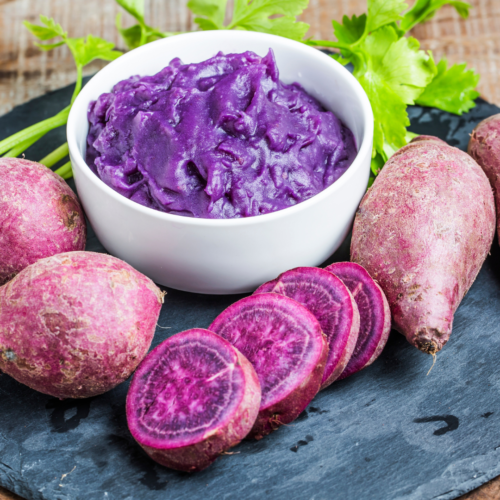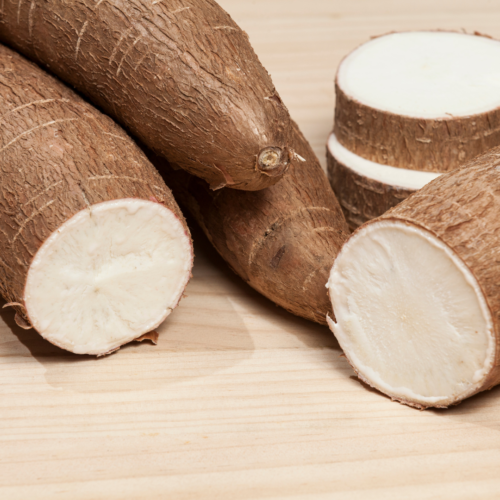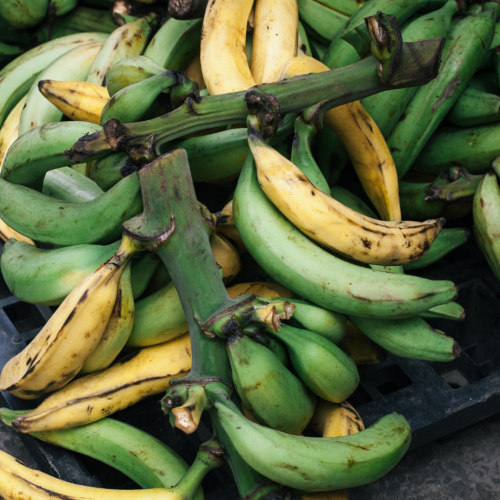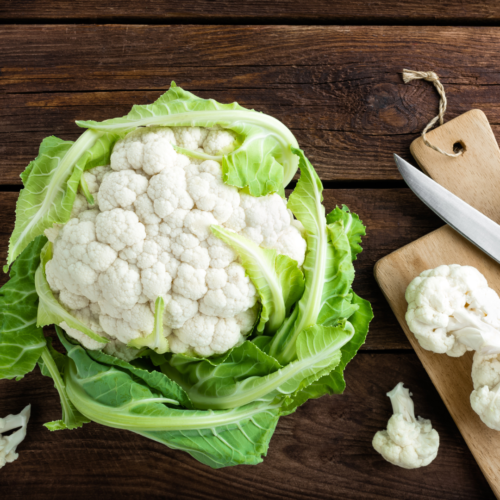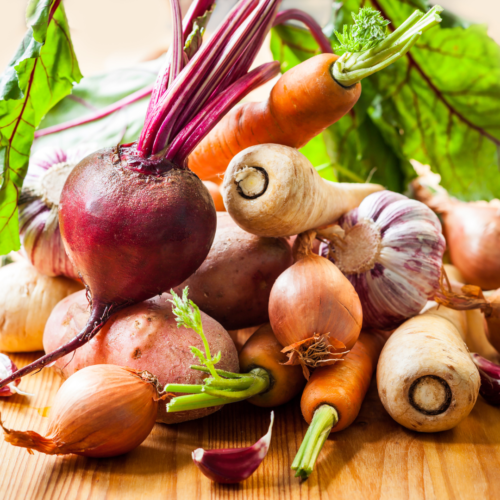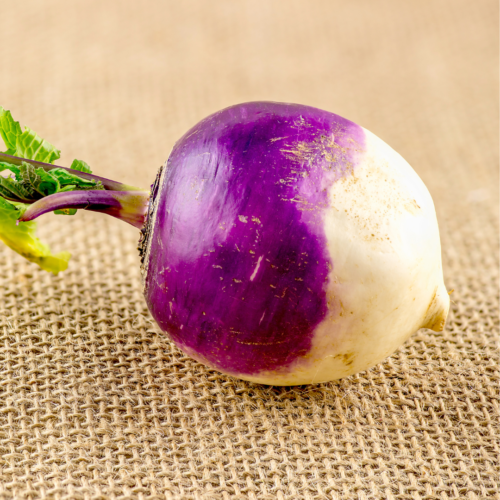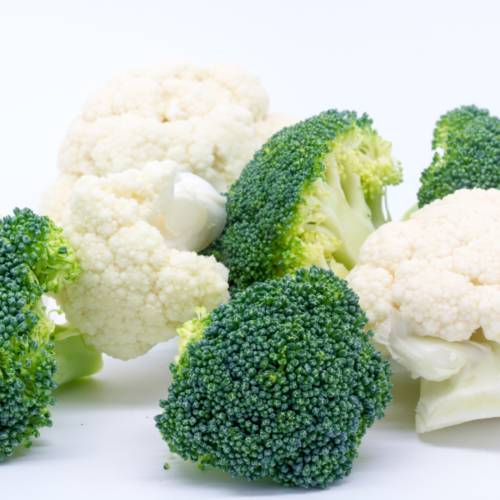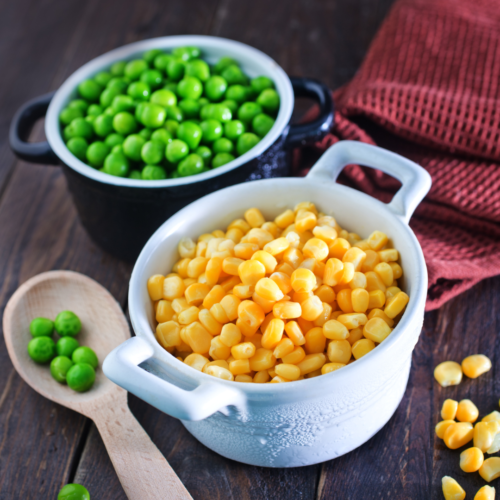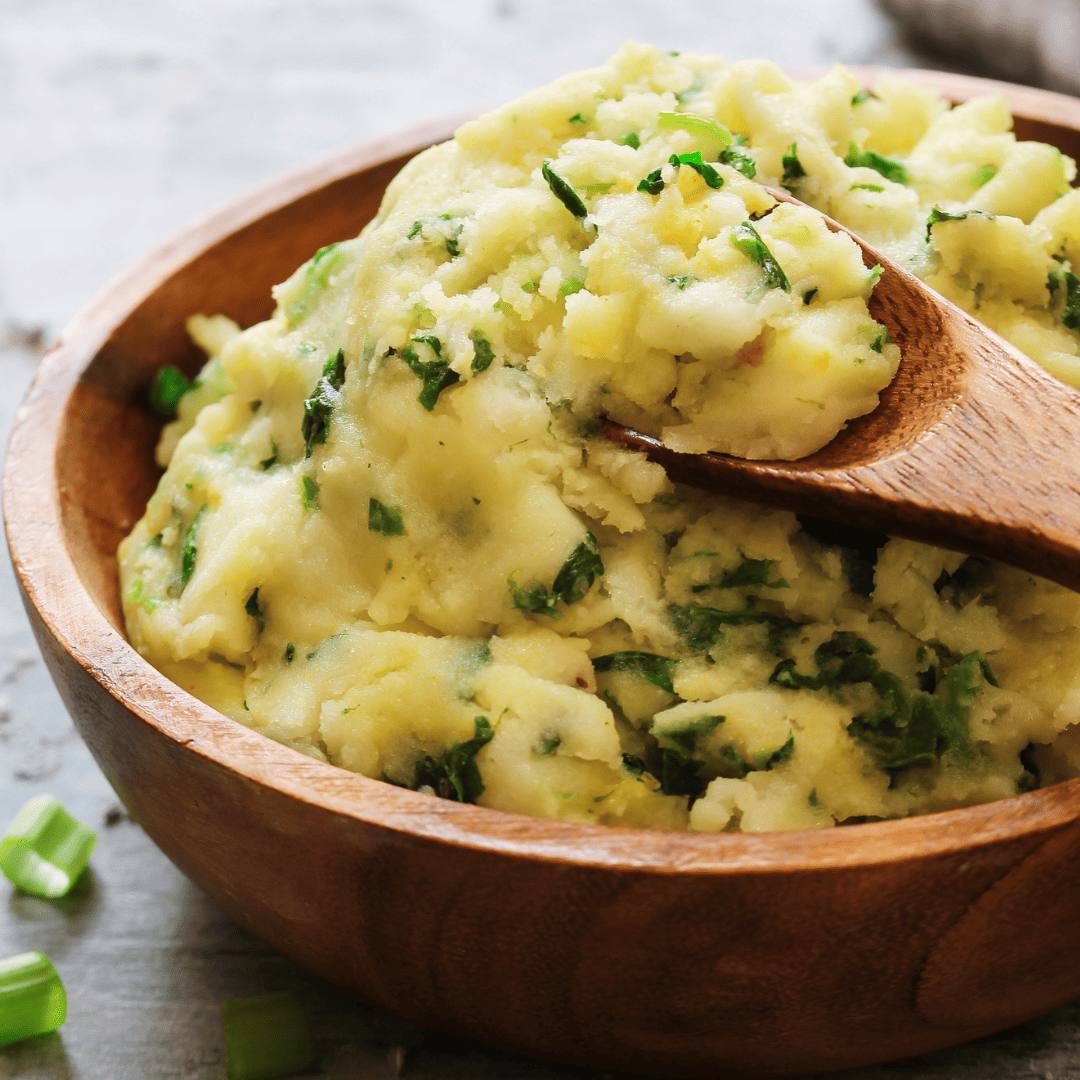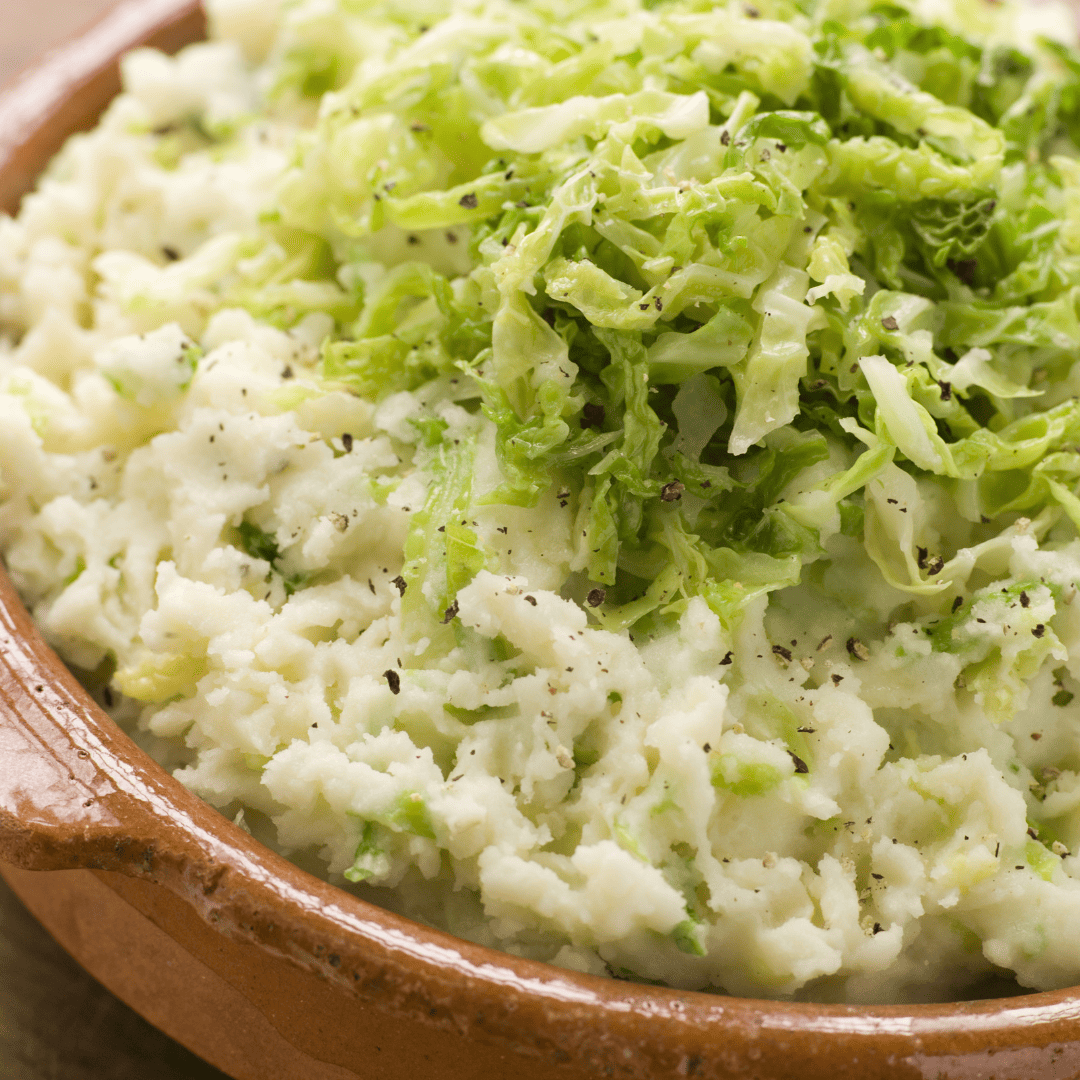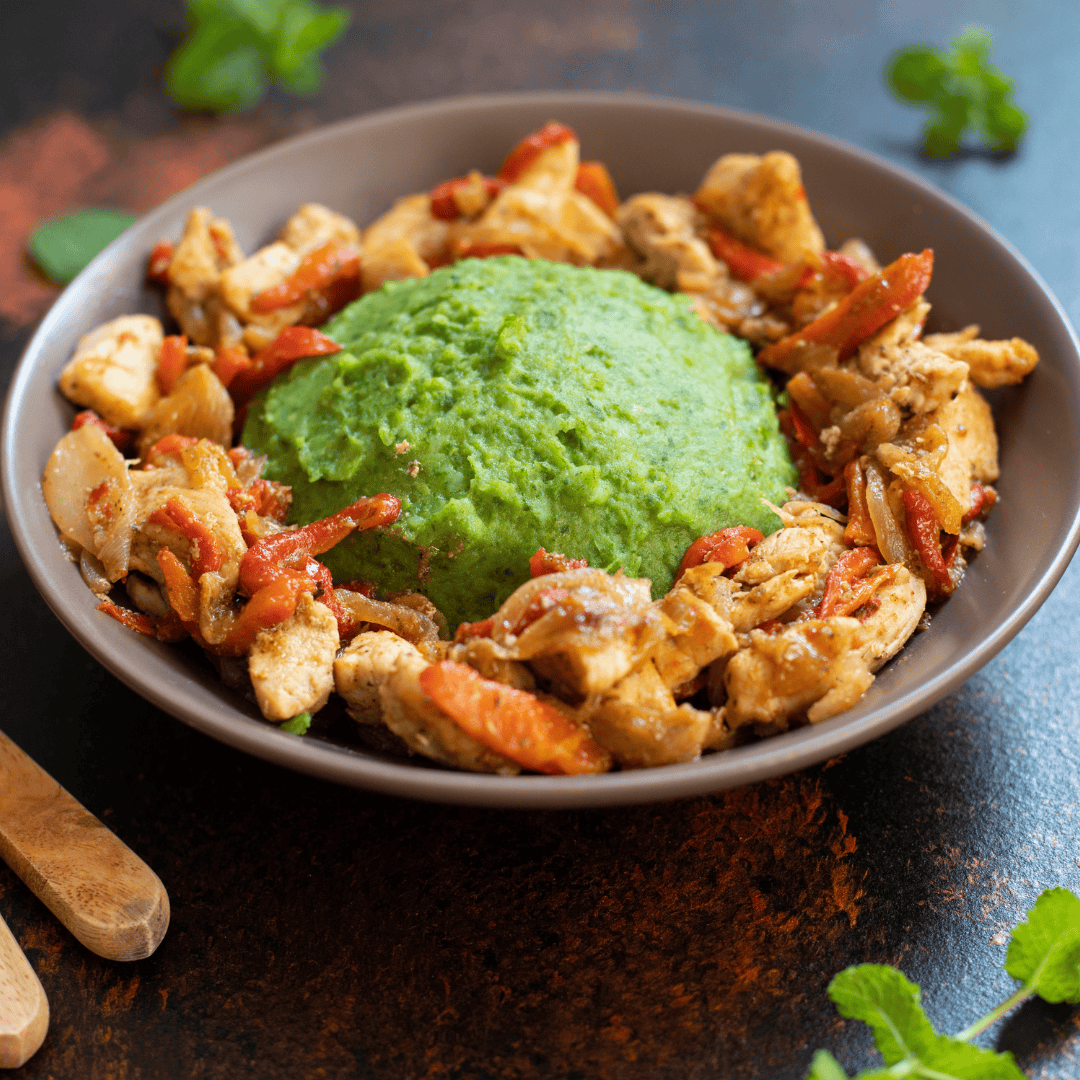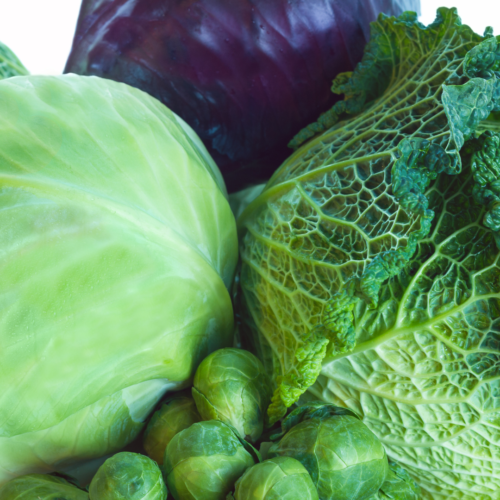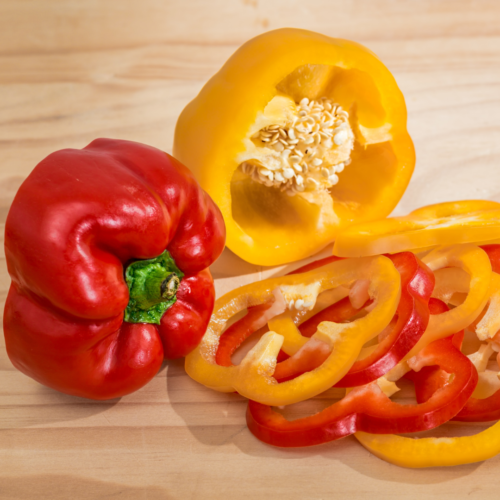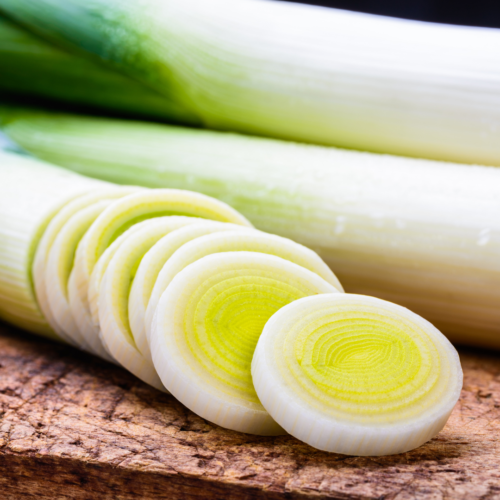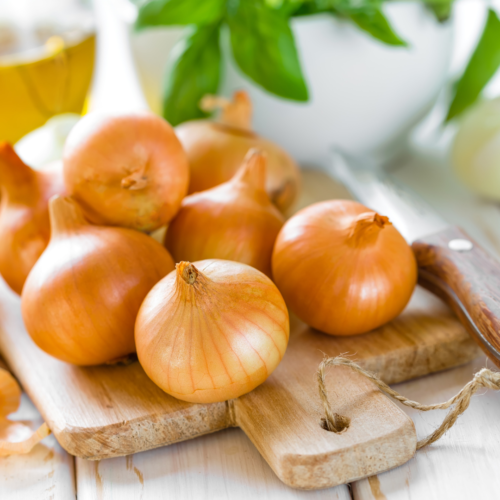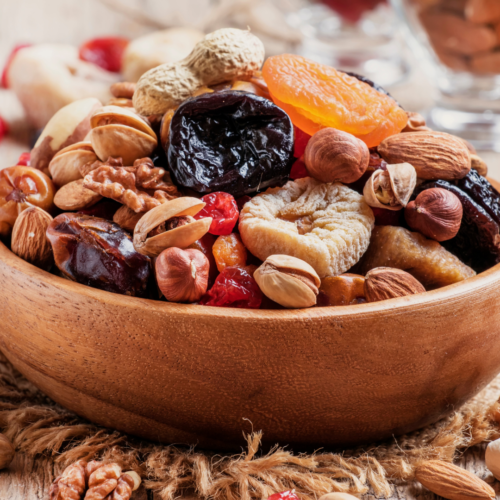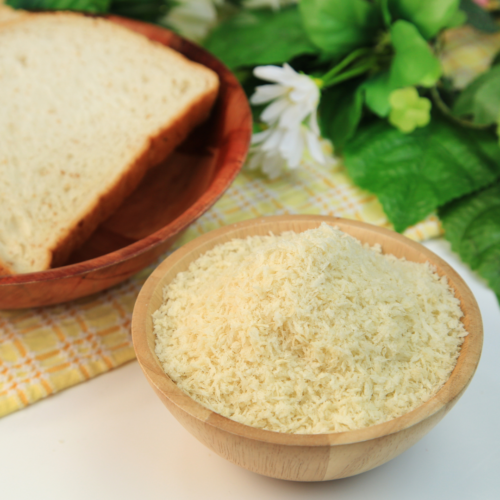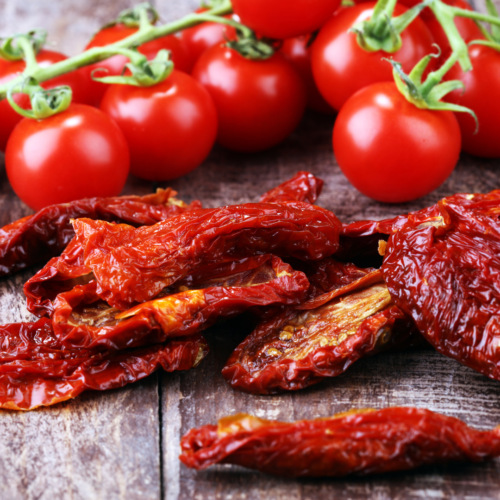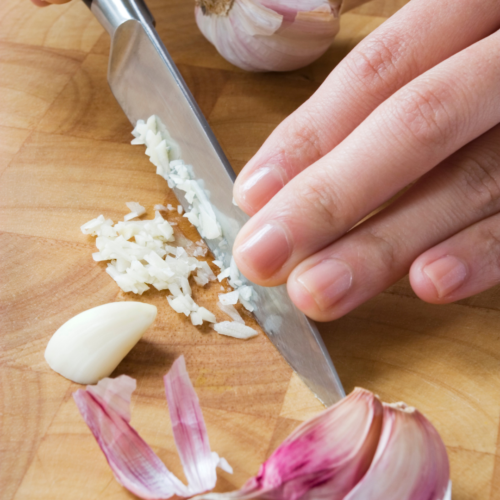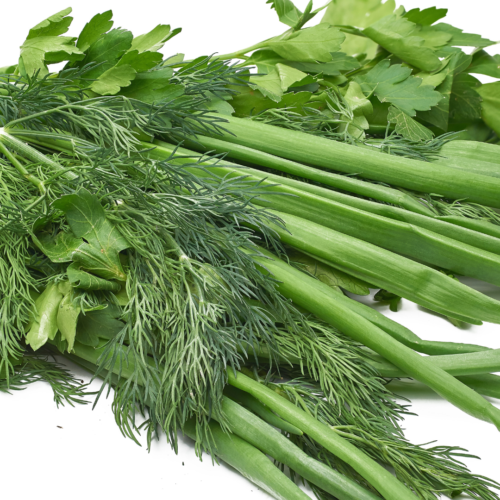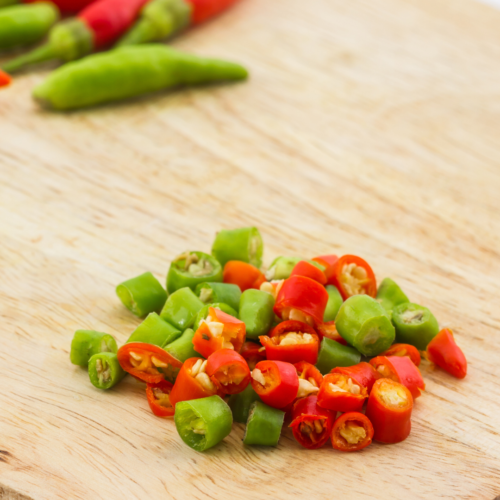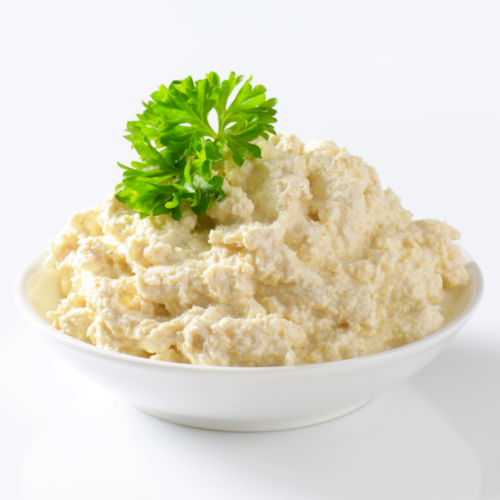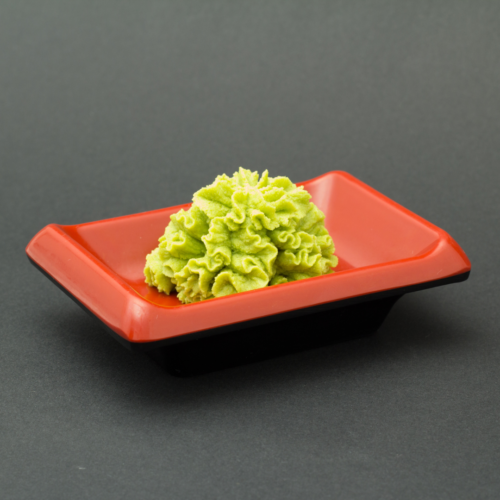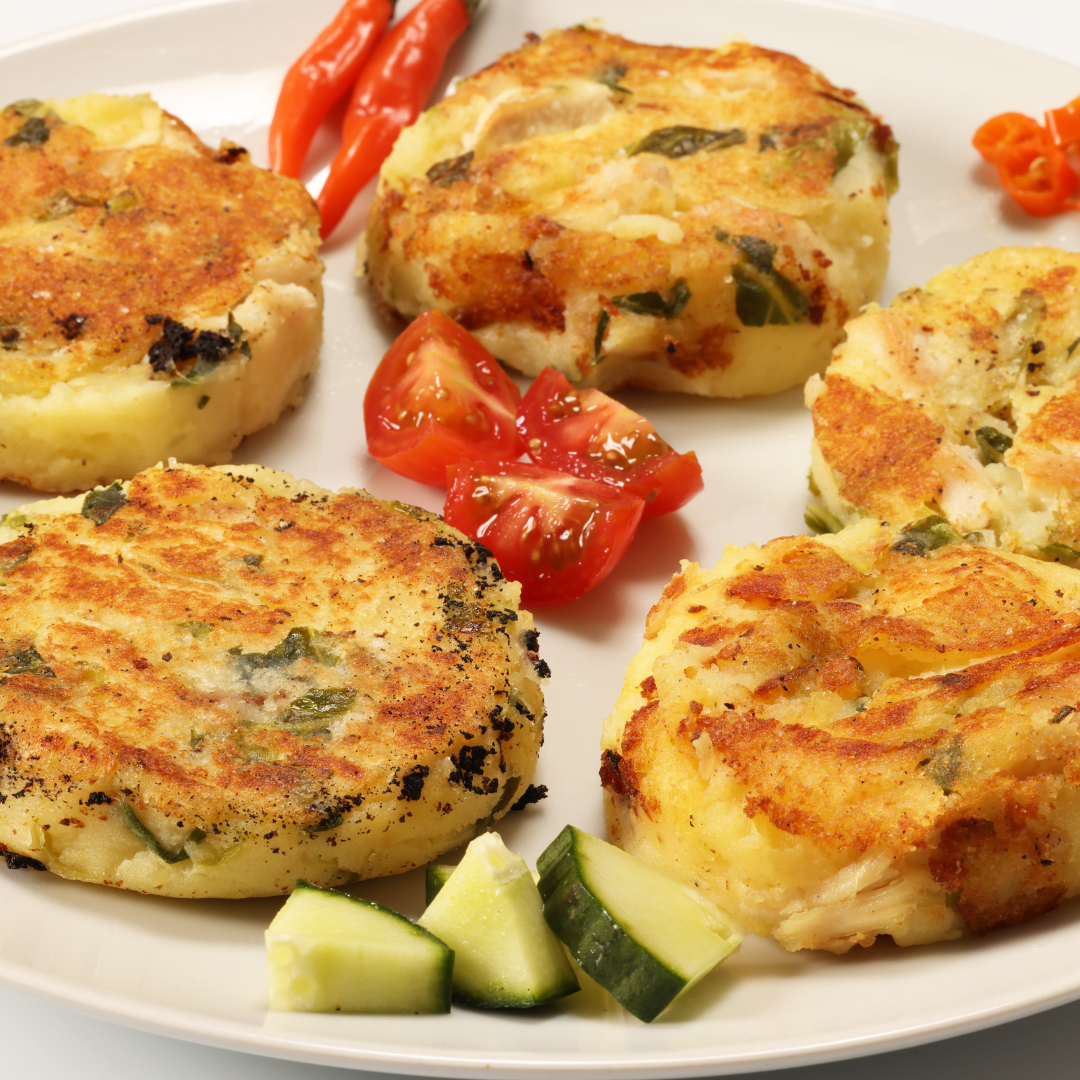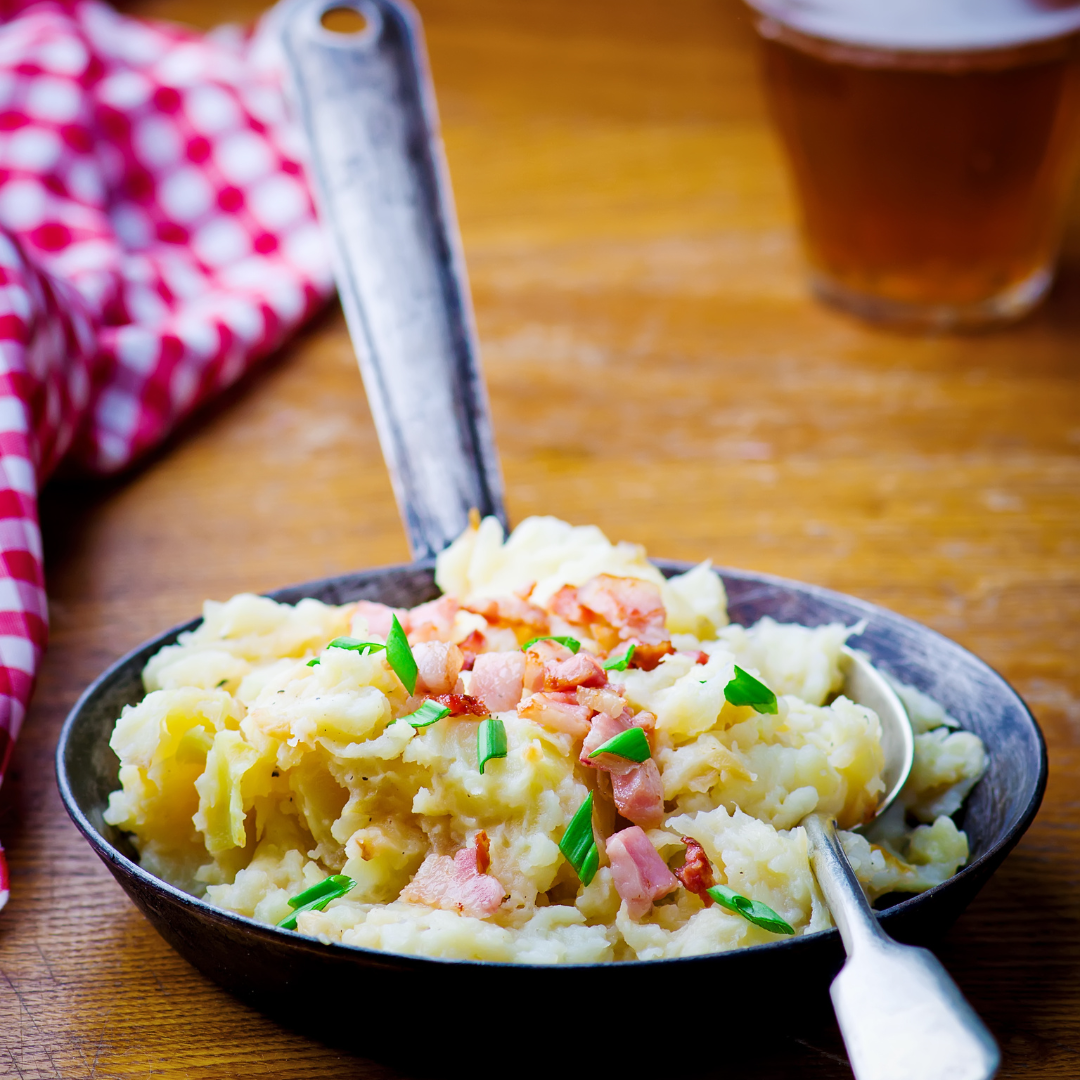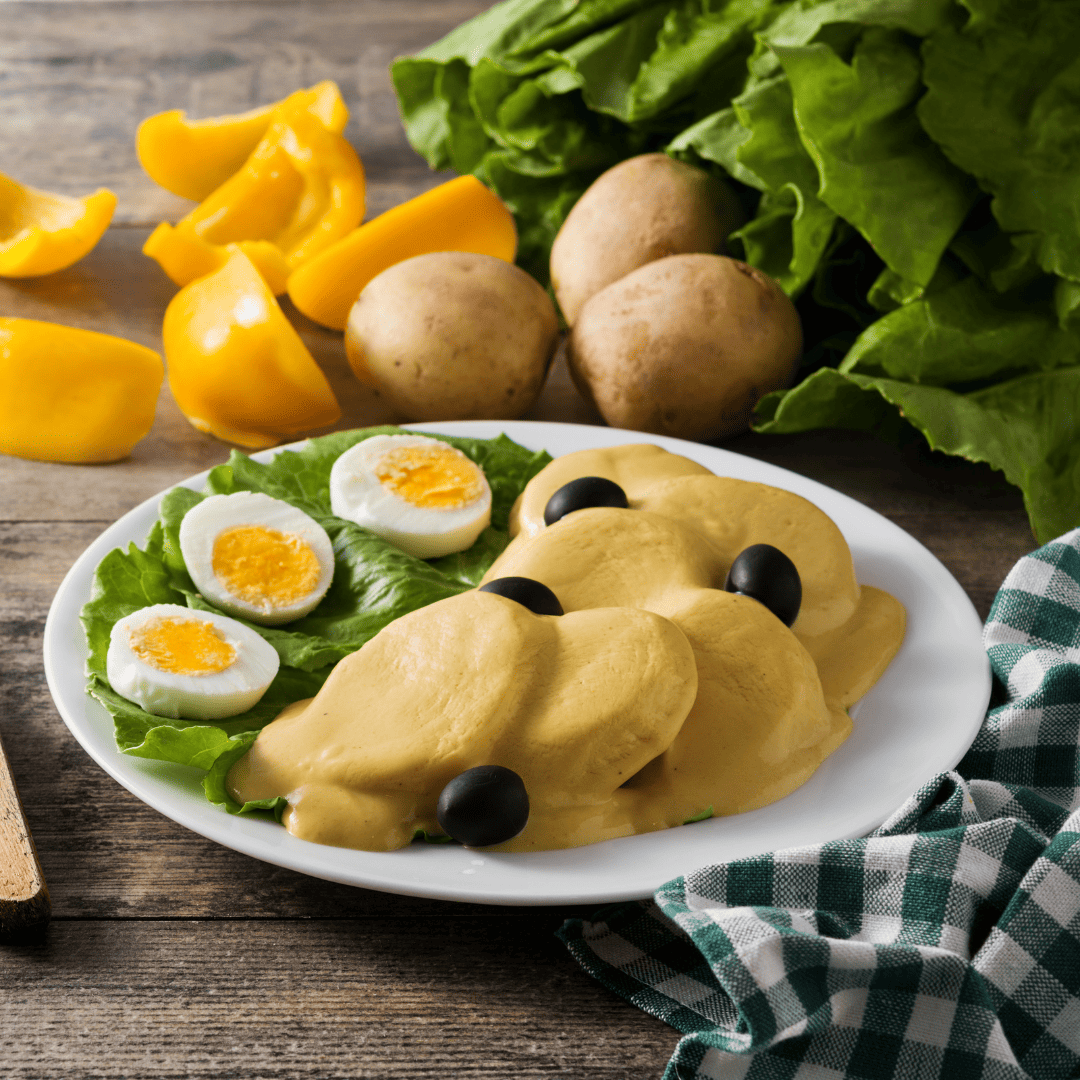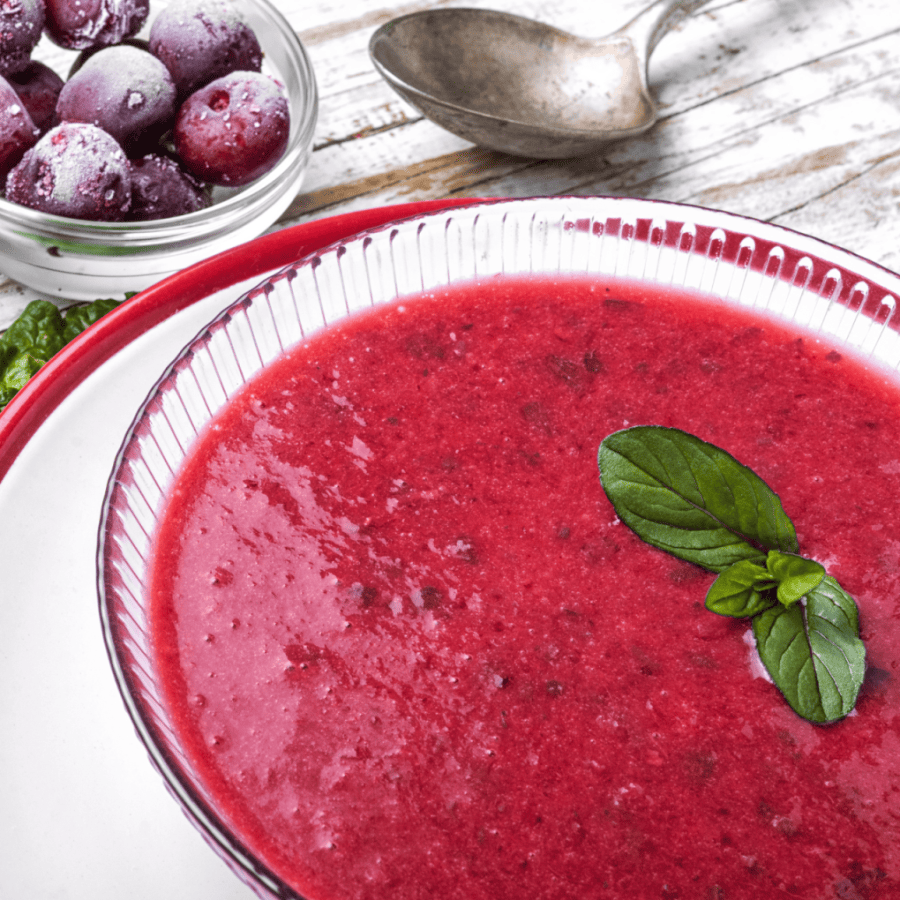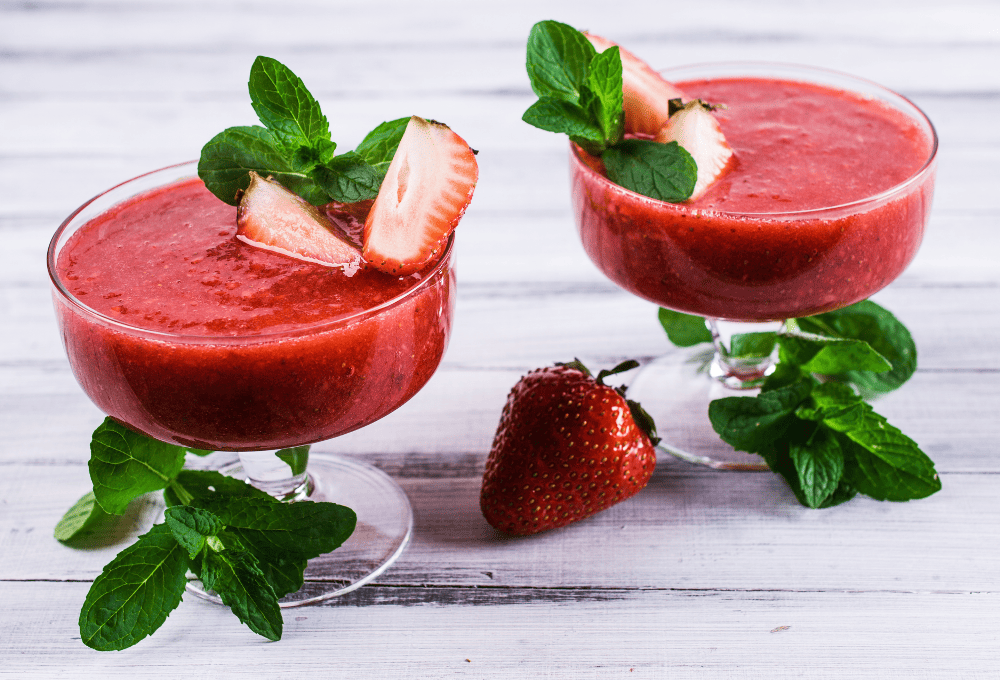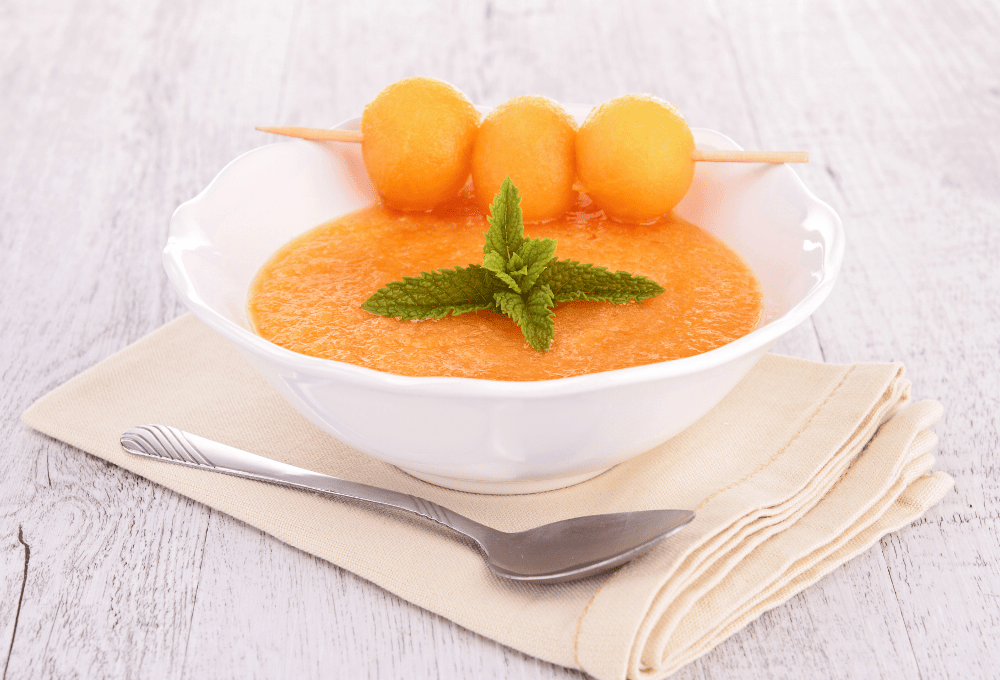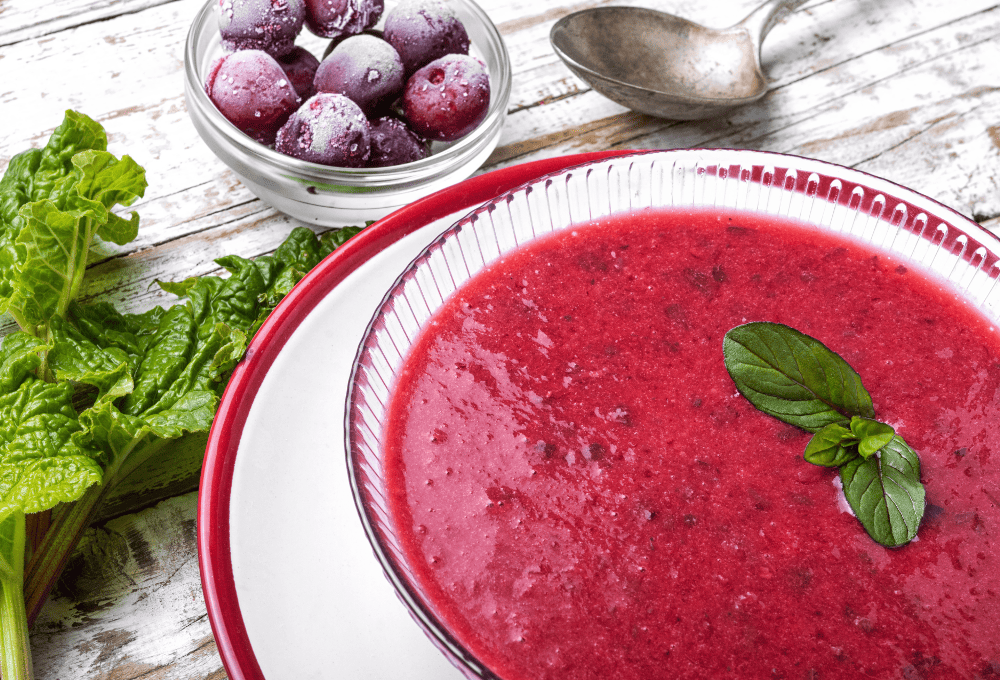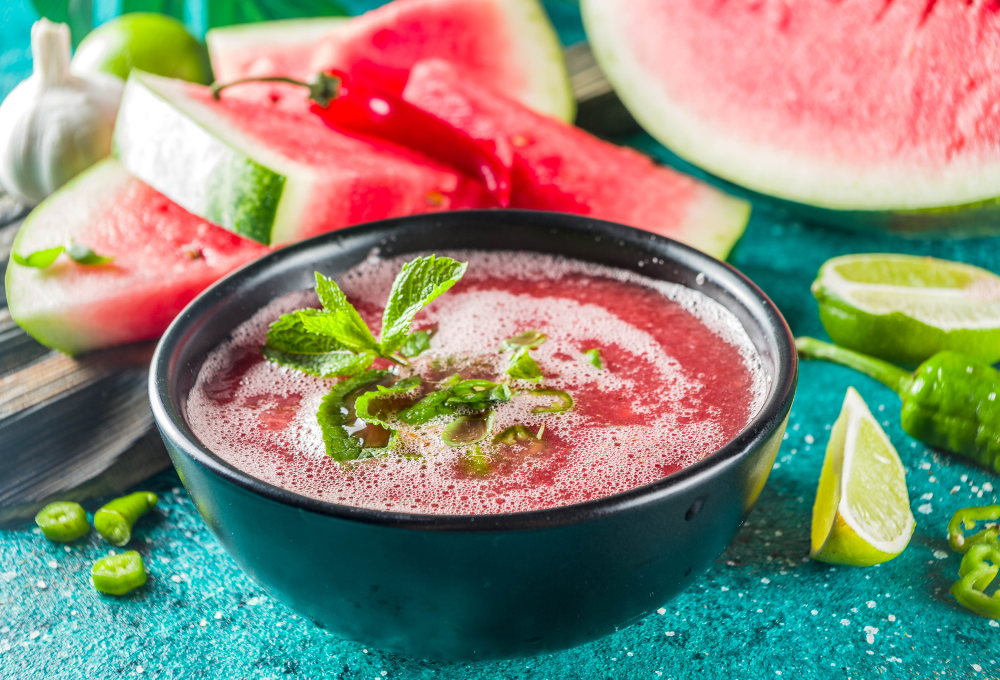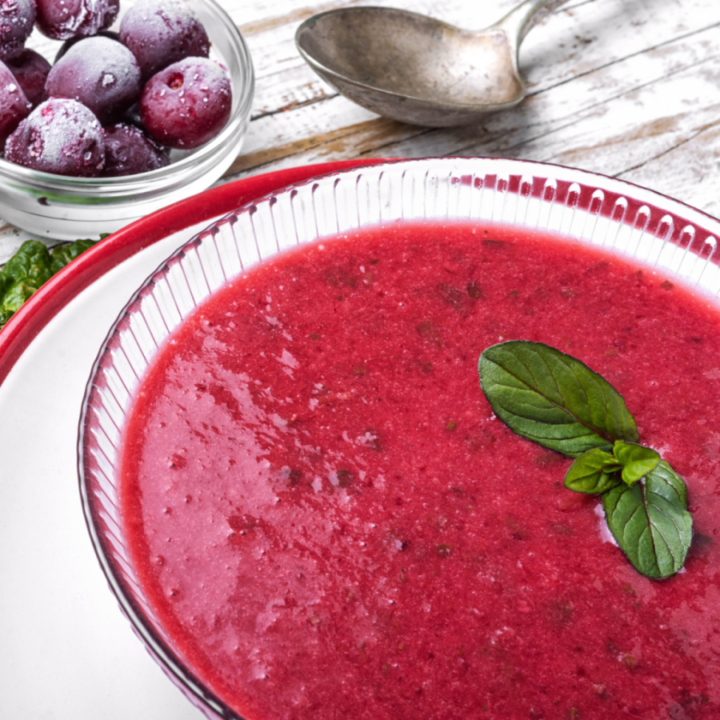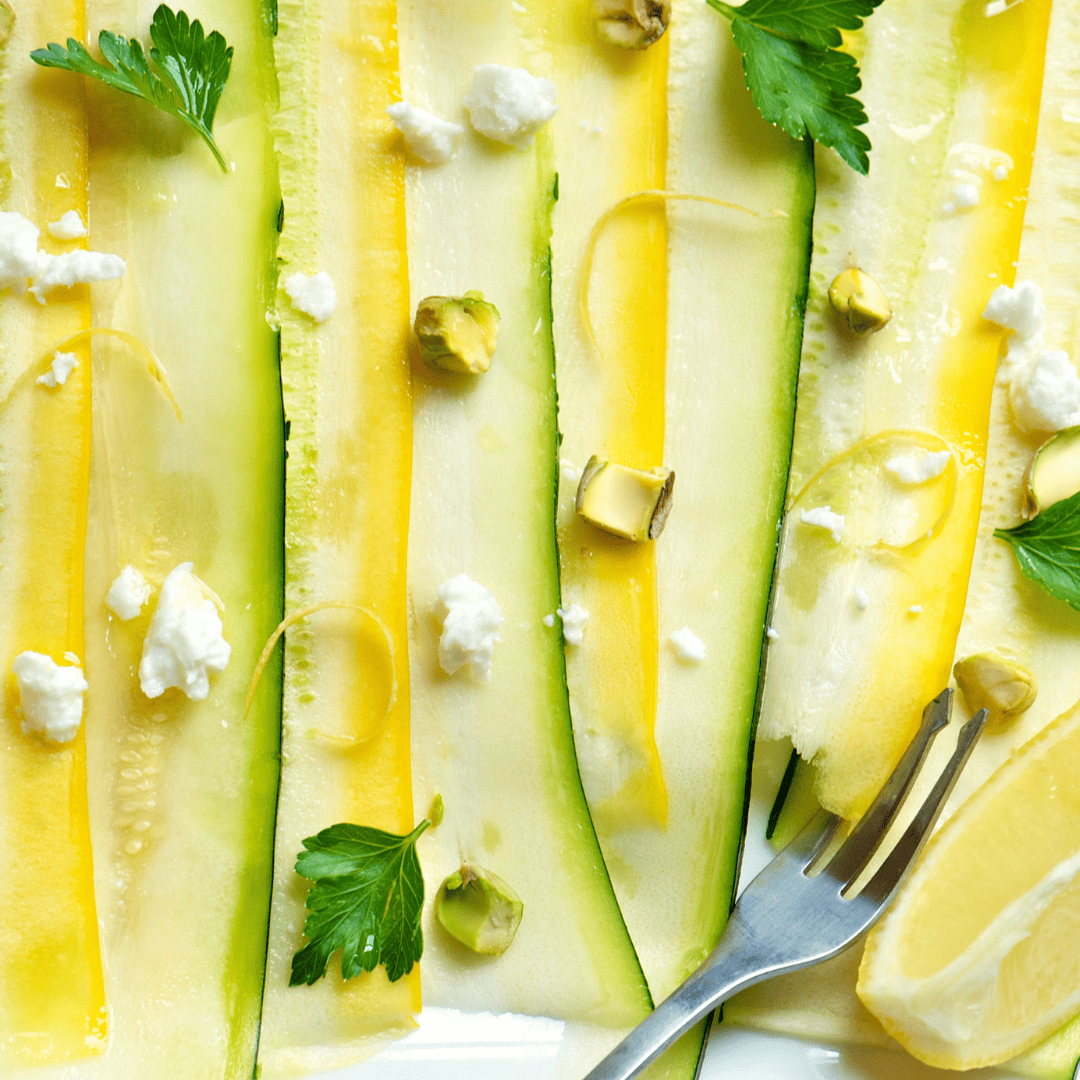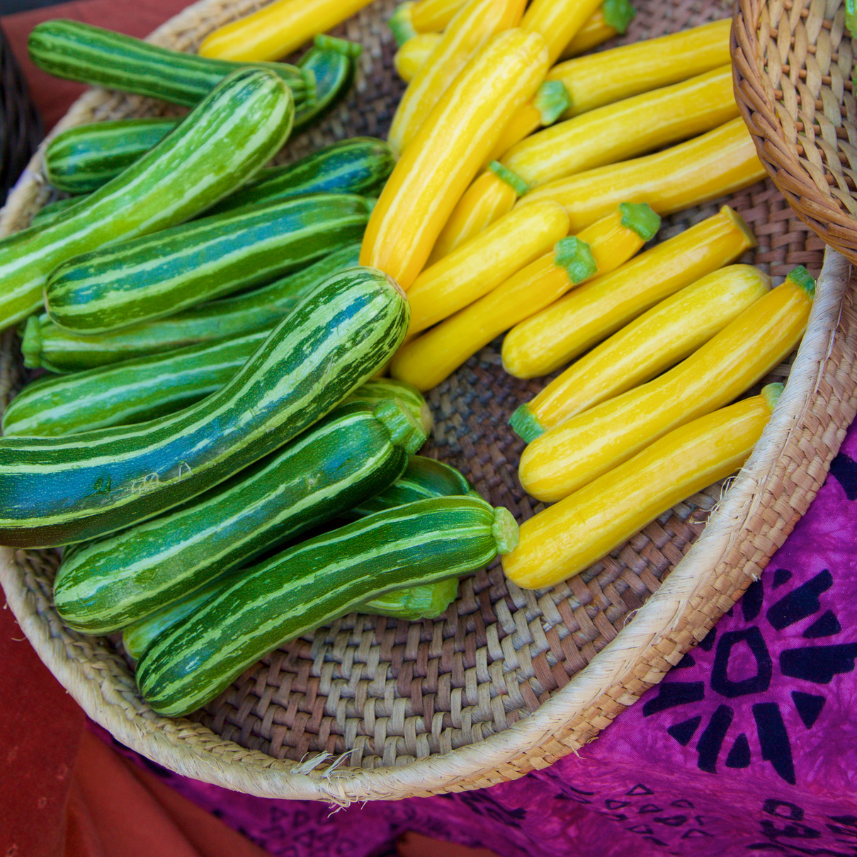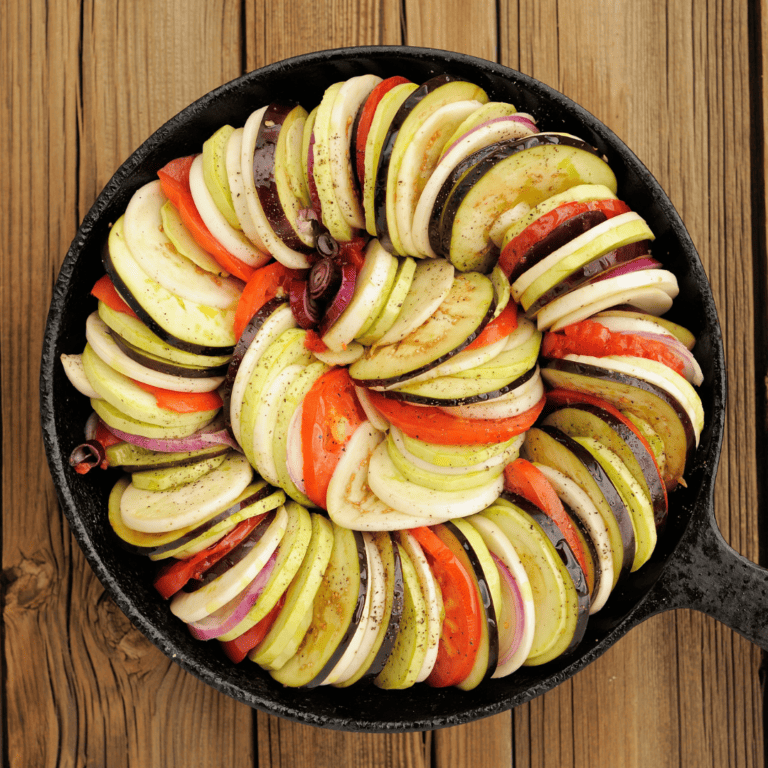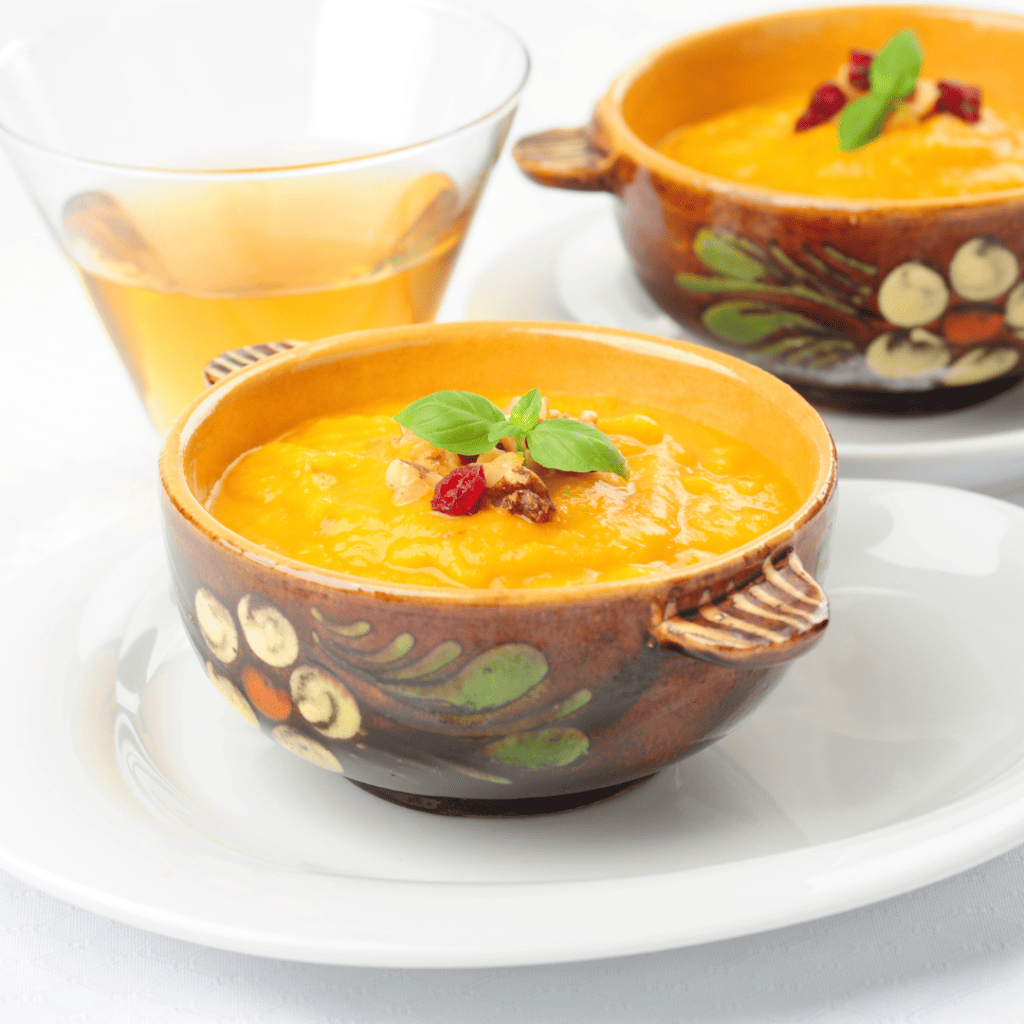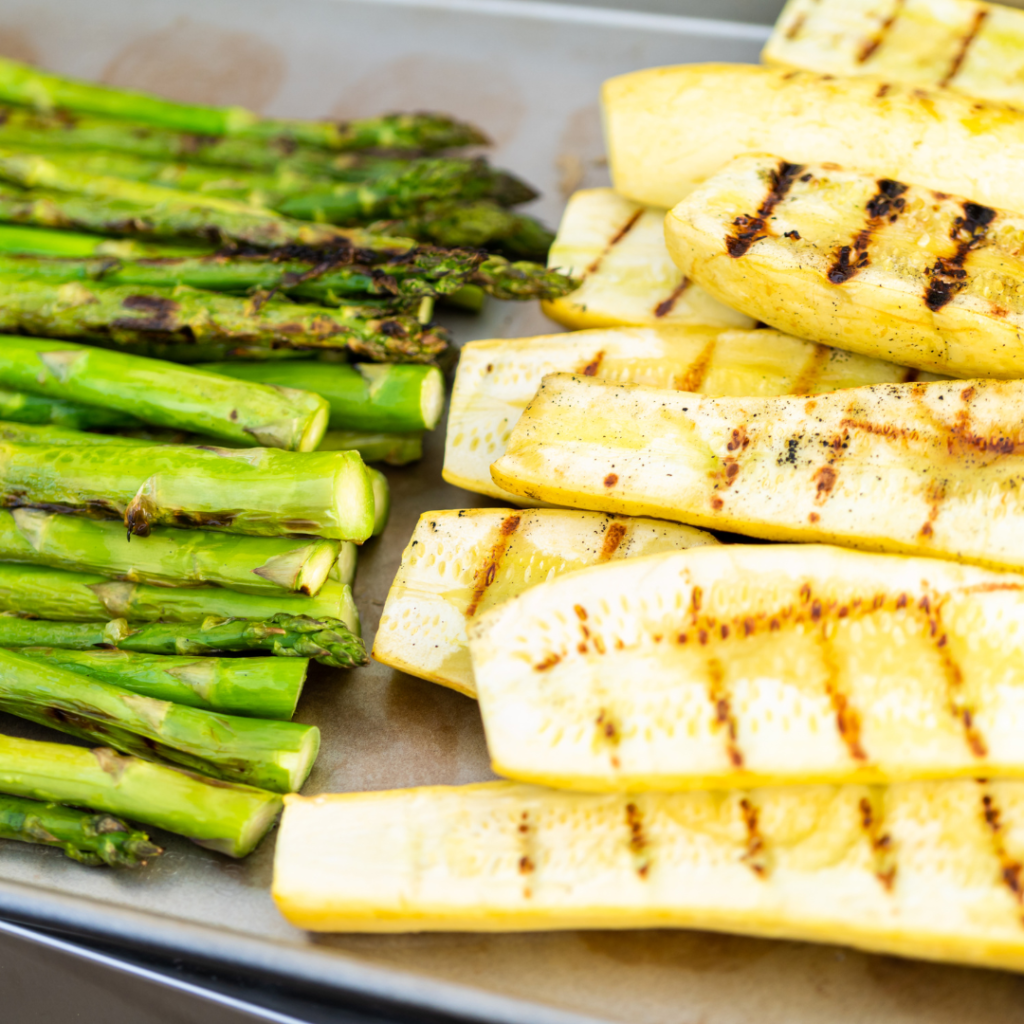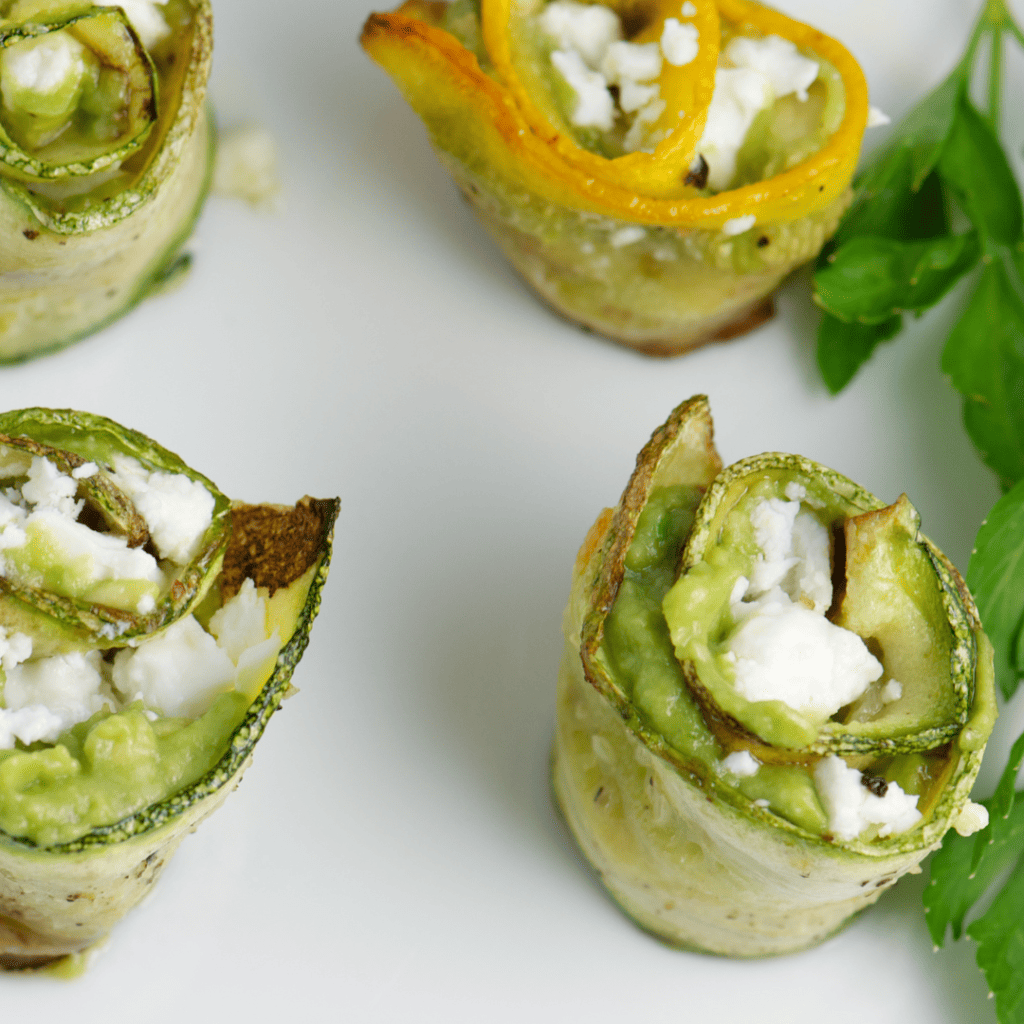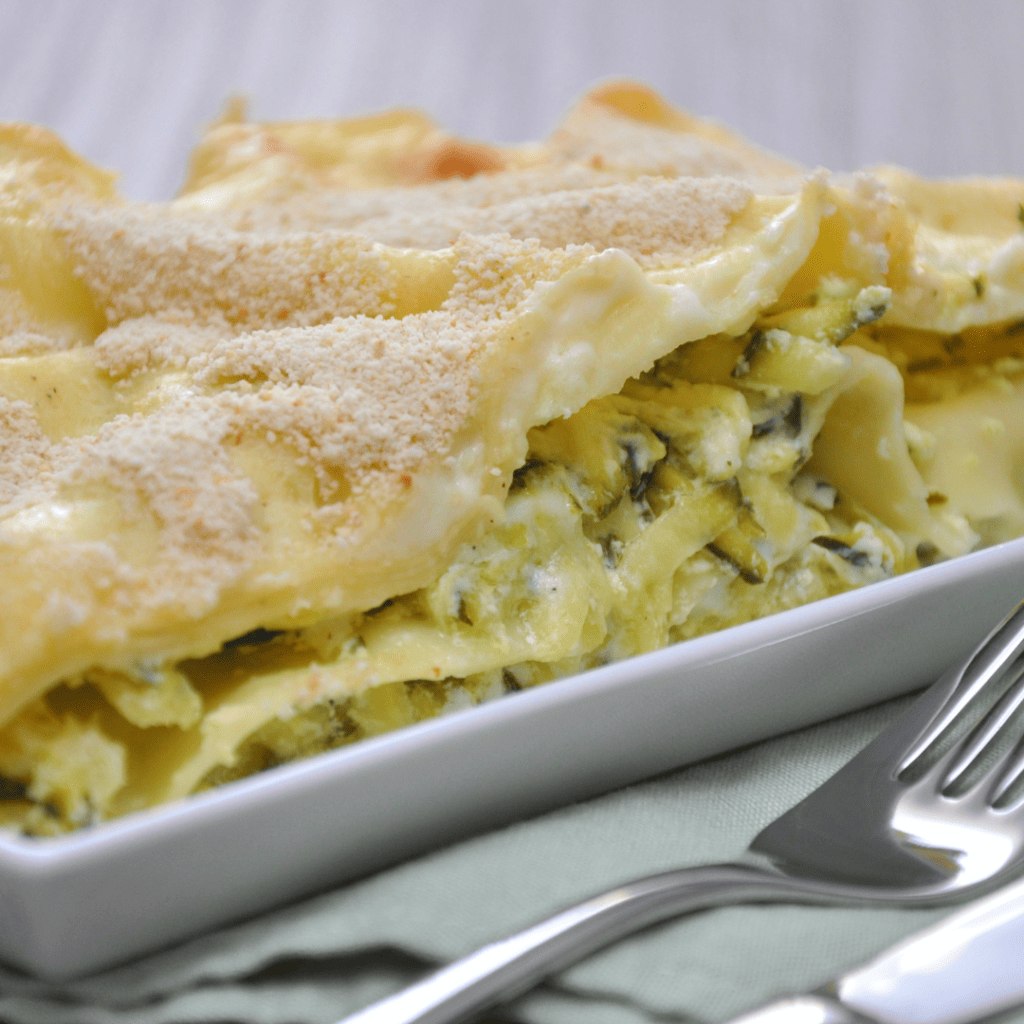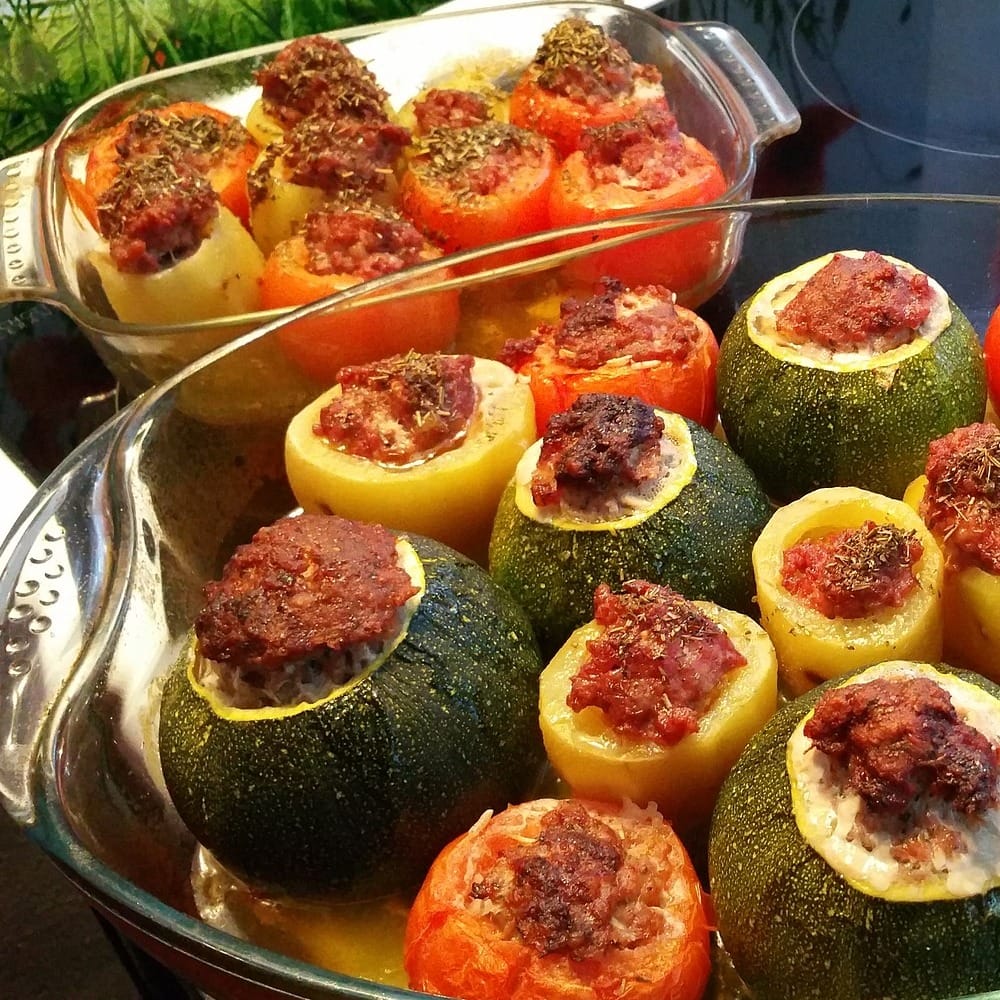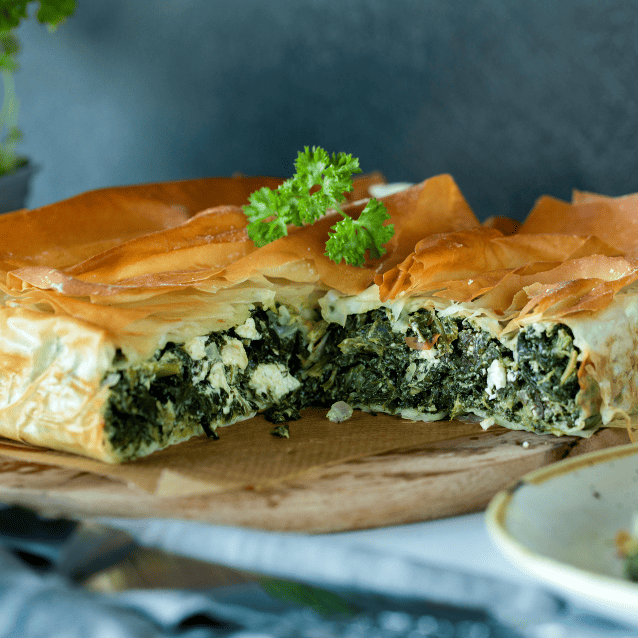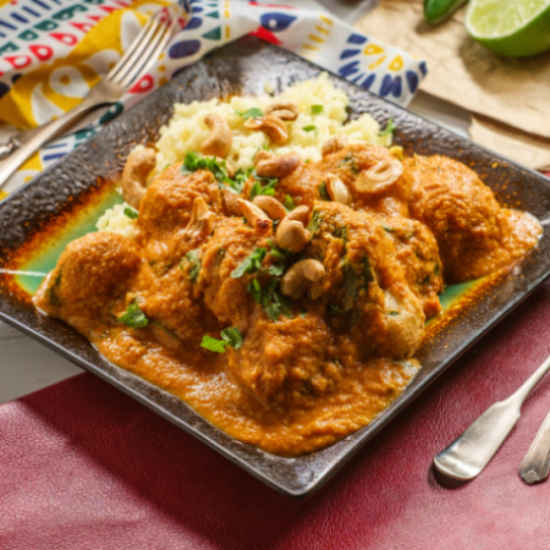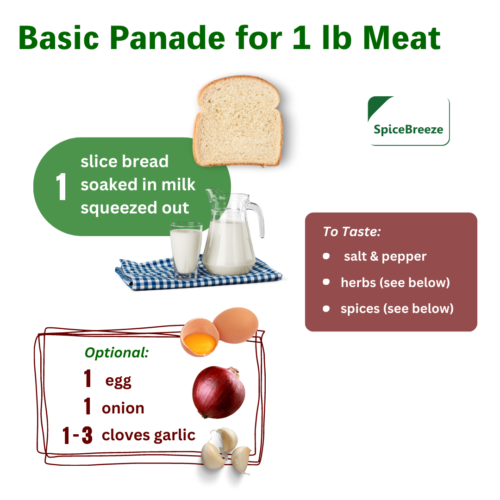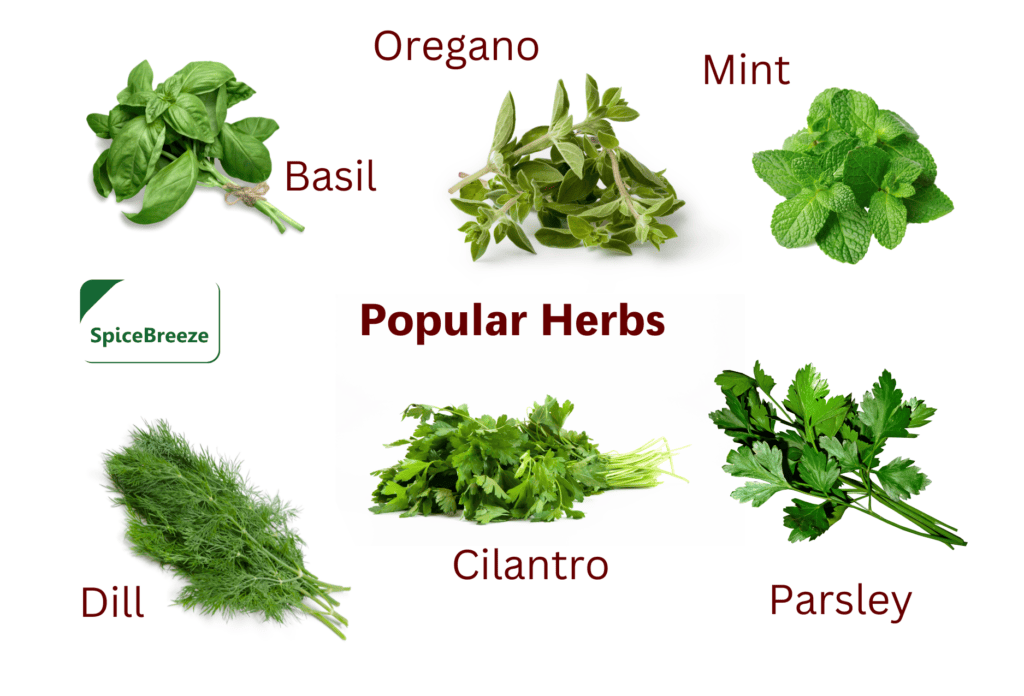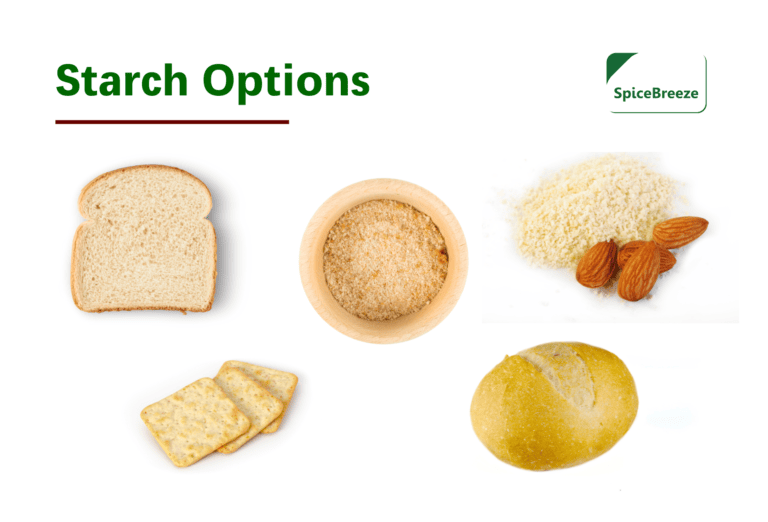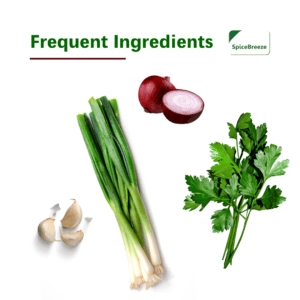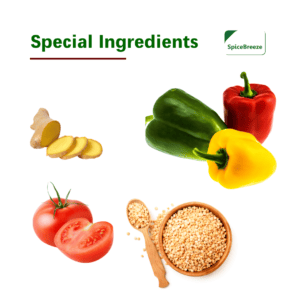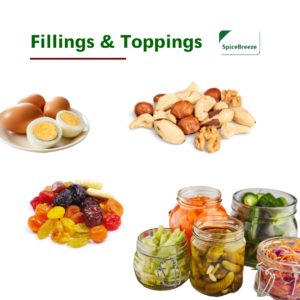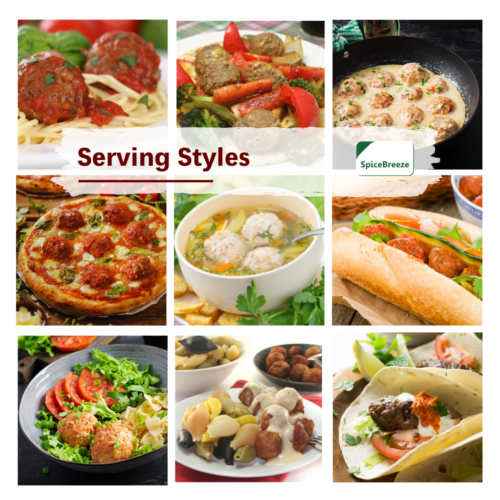
Explore an Array of Flavorful Varieties
Gravy might not look fancy, but it’s an essential companion to many dishes and the hero of holiday meals. Even the best-cooked bird or roast benefits from a tasty boost from this rich, flavorful sauce. While store-bought gravy mixes provide convenience, they frequently contain chemicals and artificial ingredients such as trans fat, MSG, and caramel coloring. Consider opting for a healthier alternative by making your own from scratch – a surprisingly easy process. Crafting your homemade gravy not only guarantees richer flavors but also provides limitless options to adjust the ingredients to your preferences. It’s a simple yet rewarding way to elevate your culinary experience.
In this blog post, we will guide you through the process of creating a delicious gravy without relying on a pre-packaged mix. Whether you have dietary restrictions or simply enjoy experimenting with new flavors, we have included options for gluten-free, lactose-free, and vegetarian versions. Additionally, we’ll explore suitable herbs and spices to enhance the taste of your homemade gravy.
Getting Started: The Basic Gravy Recipe
- 2 tbsp of butter
- 2 tbsp of all-purpose flour
- 2 cups of broth (vegetable, chicken, or beef) or turkey drippings
- Salt and pepper to taste
- Optionally: milk or heavy cream to taste
Make a Roux from Butter and Flour
- In a POT, melt the butter over low heat. Watch closely to prevent the butter from burning.
- Sprinkle the flour evenly over the melted butter.
- Stir constantly for about 2-3 minutes until the mixture turns golden brown. This step ensures a rich flavor in your gravy.
- It’s best to continue cooking for an additional 30 minutes to enhance the aroma. For detailed steps and more tips, see the instructions here.
- Slowly add the broth or turkey drippings while whisking continuously. This helps prevent lumps from forming. Keep whisking until the mixture thickens.
- Add salt and pepper according to your preferences. Remember, you can always adjust the seasoning later, so start with a smaller amount and taste as you go.
- Let the gravy cook over low heat for a few minutes until it reaches your desired consistency. Watch it closely to prevent it from burning.
- If your gravy is too flavorful or too dark, you can optionally lighten it up to your taste by adding a little bit of milk or heavy cream.
- Once ready, pour your fresh gravy over your favorite dishes and enjoy!
Gluten-Free Gravy: Perfect for Those with Dietary Restrictions
For individuals following a gluten-free lifestyle, traditional gravy recipes can pose challenges. Thankfully, you can easily adapt the basic recipe to make a gluten-free version by substituting the all-purpose flour with gluten-free alternatives. Some great options include:
- Rice flour
- Cornstarch
- Tapioca starch
To achieve the desired thickness, use half the amount of gluten-free flour compared to the regular flour stated in the basic recipe. Remember to whisk thoroughly to prevent lumps from forming, as gluten-free flours tend to clump.
Lactose-Free Gravy: Dairy-Free Deliciousness
If you’re lactose intolerant or simply prefer to avoid dairy, fear not! There are numerous ways to create a creamy and delicious lactose-free gravy.
- Substitute the butter with a lactose-free margarine or vegetable oil.
- Replace the milk component with lactose-free or plant-based alternatives such as almond milk, coconut milk, or soy milk. These options will still provide a rich and smooth texture to your gravy.
Remember to adjust the seasoning accordingly when using different milk alternatives, as they may have their own distinct flavors.
Vegetarian Gravy: A Flavorful Alternative
Vegetarians can also enjoy a delightful homemade gravy that complements vegetarian roasts, mashed potatoes, and other meatless dishes. Here’s how to modify the basic recipe to suit your dietary preferences:
- Use vegetable broth instead of chicken or beef broth. You can find ready-made vegetable broths at your local grocery store, or you can make your own by simmering a medley of vegetables and herbs.
- Enhance the depth of flavor by adding some umami-rich ingredients like mushrooms, soy sauce, tamari, or nutritional yeast.
These vegetarian-friendly alternatives will provide a savory taste similar to their meat-based counterparts, without compromising on flavor.
Suitable Herbs and Spices: Elevating Your Gravy Game
To elevate your homemade gravy, consider incorporating a variety of herbs and spices. Basic choices include onion and garlic, while cloves, nutmeg, or mace are common pairings. For a unique twist, explore ground annatto, caraway, celery, horseradish, juniper, mustard, fennel, ginger, Hungarian paprika, or even a touch of chili powder. Begin with just 1/8 tsp of one spice at a time and adjust to your taste. Additionally, here are some herb suggestions that will add depth and complexity to your gravy:
- Sage: Known for its earthy flavor, sage pairs exceptionally well with poultry dishes.
- Thyme: This versatile herb complements a wide range of flavors and works wonderfully with both vegetarian and meat-based gravies.
- Rosemary: With its distinctive aroma, rosemary adds a delightful twist to beef or lamb gravies.
Remember, experimentation is key. Feel free to combine different herbs and spices according to your preferences and the dishes you plan to serve.
Conclusion
Homemade gravy is a delectable addition to any meal, and making it from scratch allows you to customize it to suit your dietary needs and preferences. Whether you’re gluten-free, lactose-free, or vegetarian, there’s a version of gravy just for you. By following our simple steps and exploring suitable herbs and spices, you can create a delicious gravy that will impress your loved ones and take your culinary skills to new heights.
